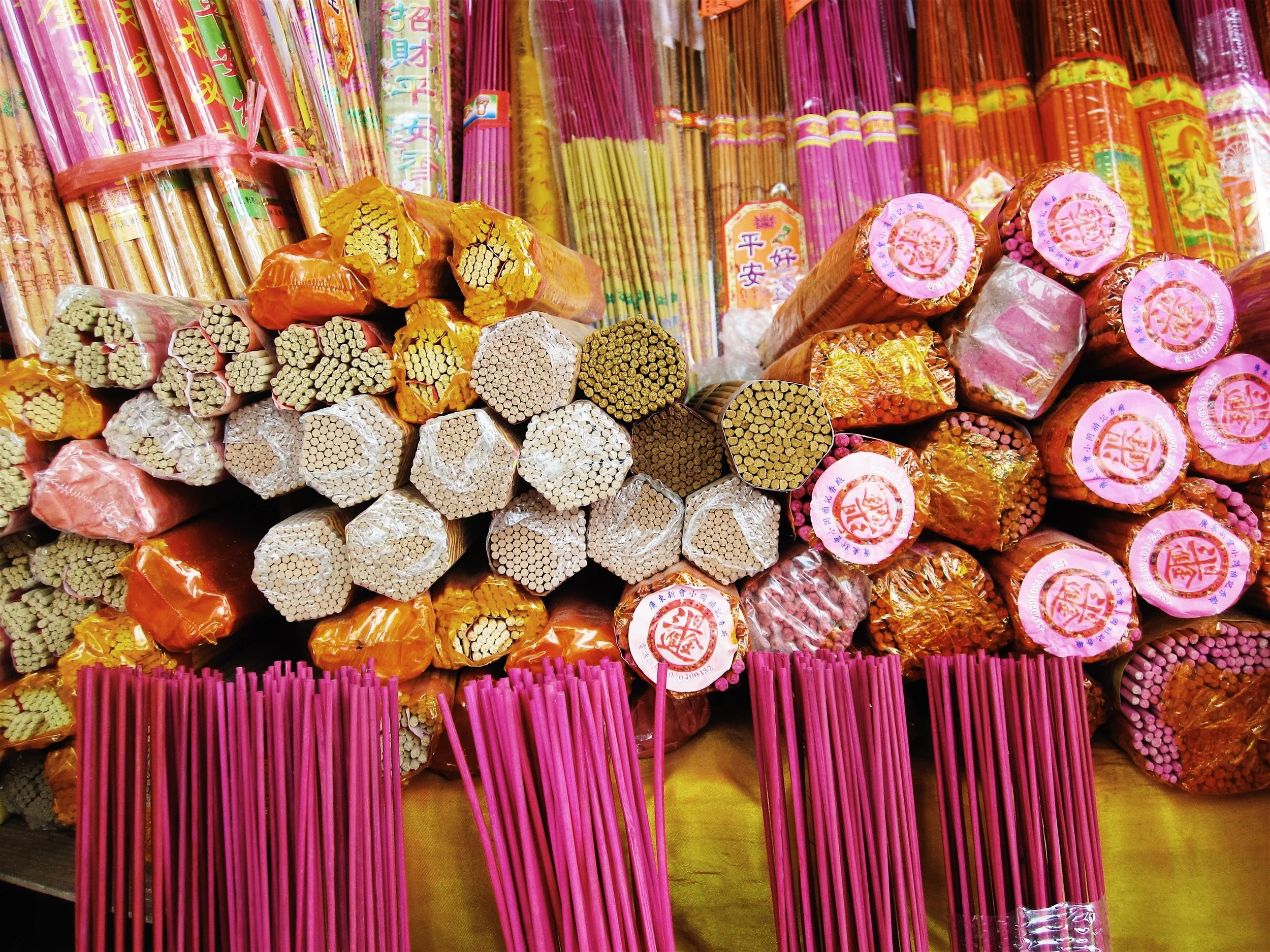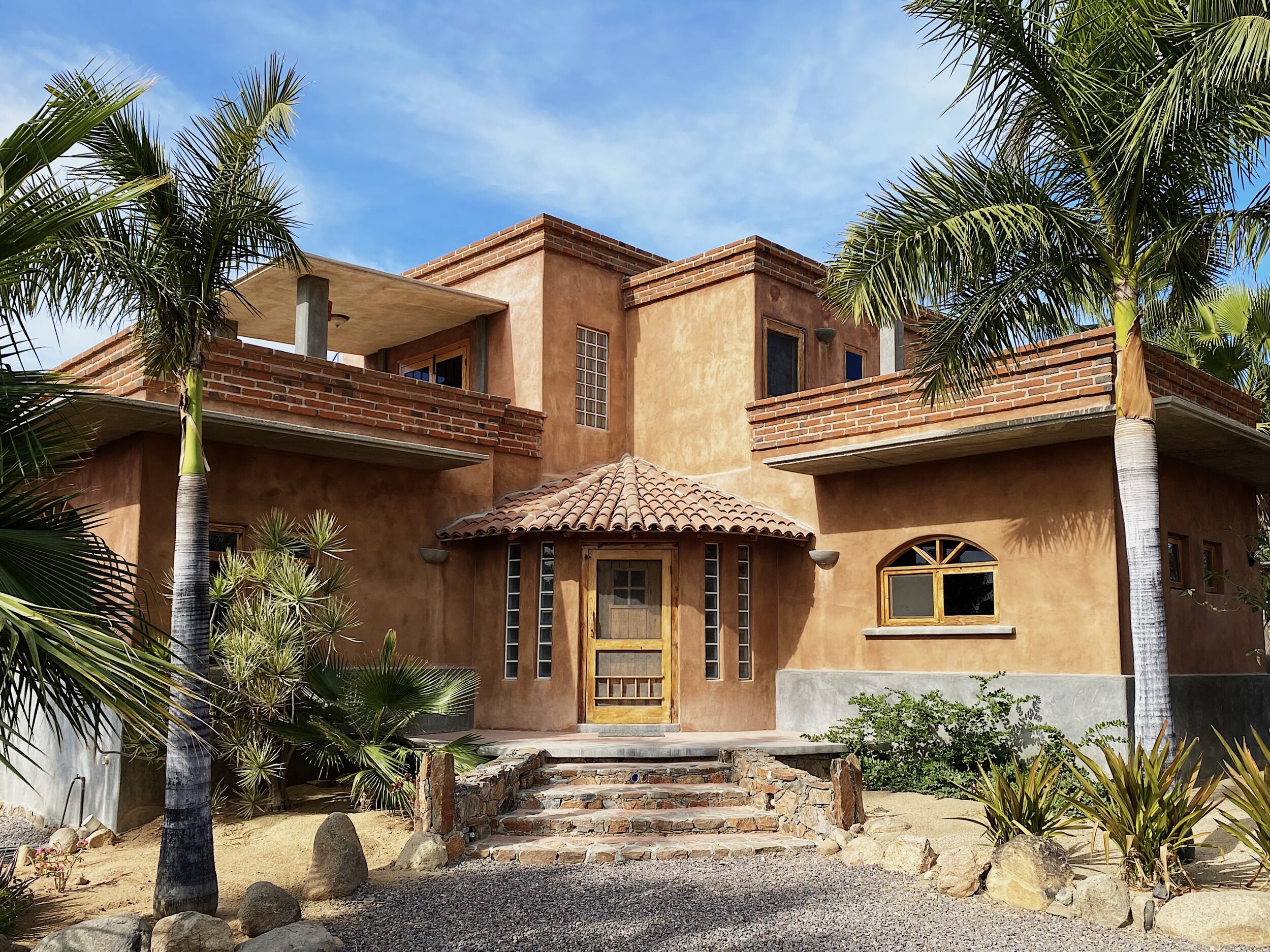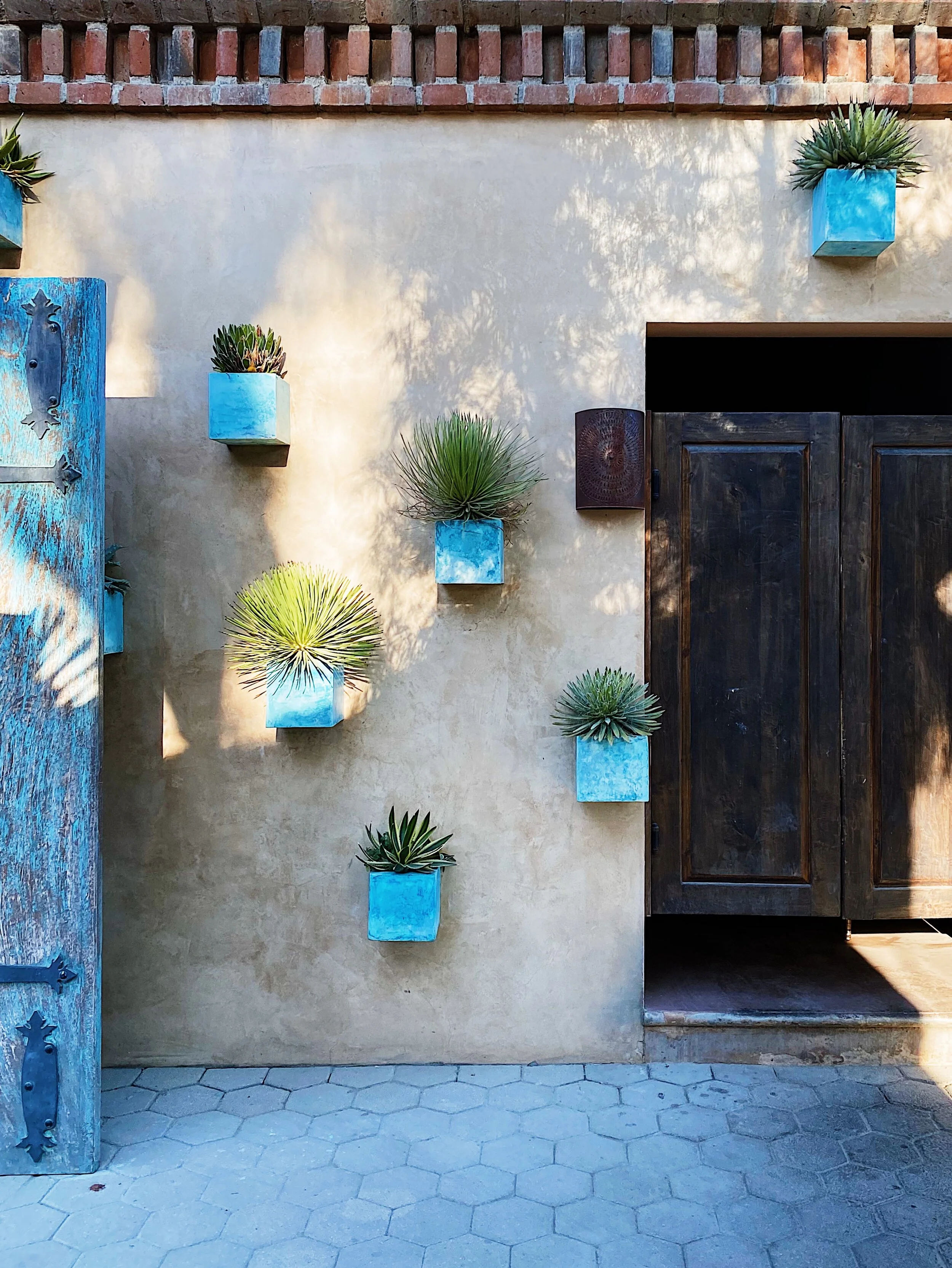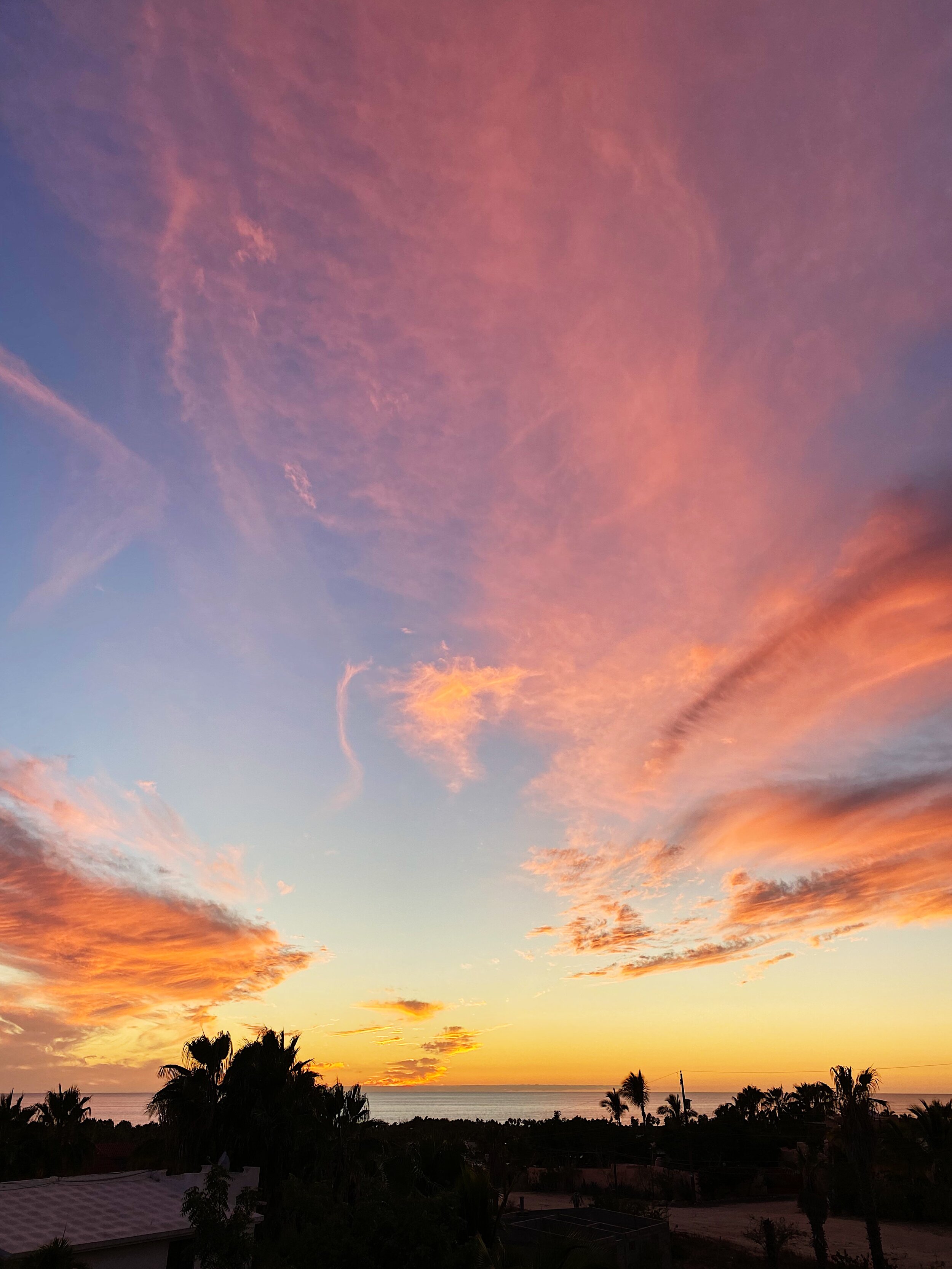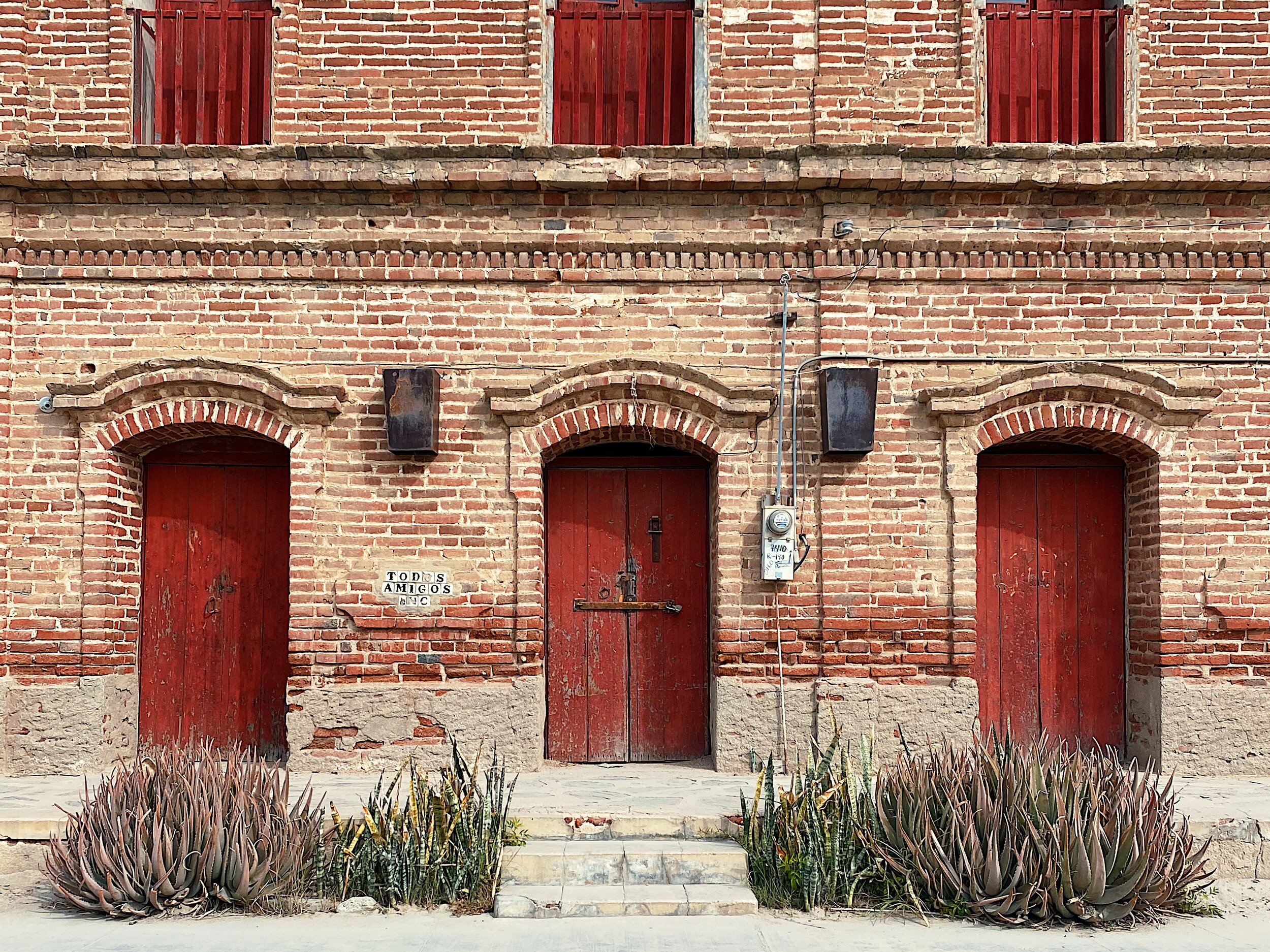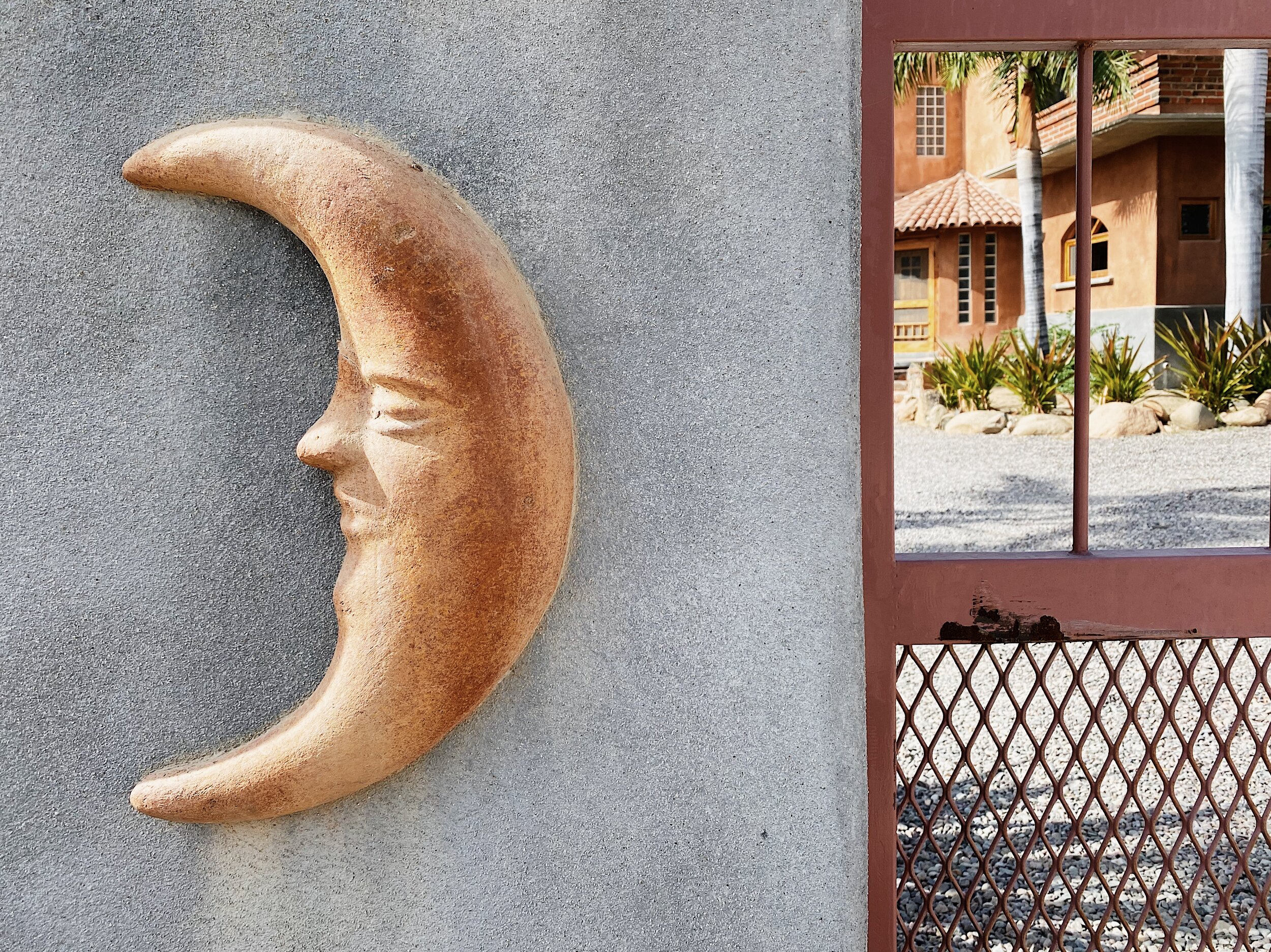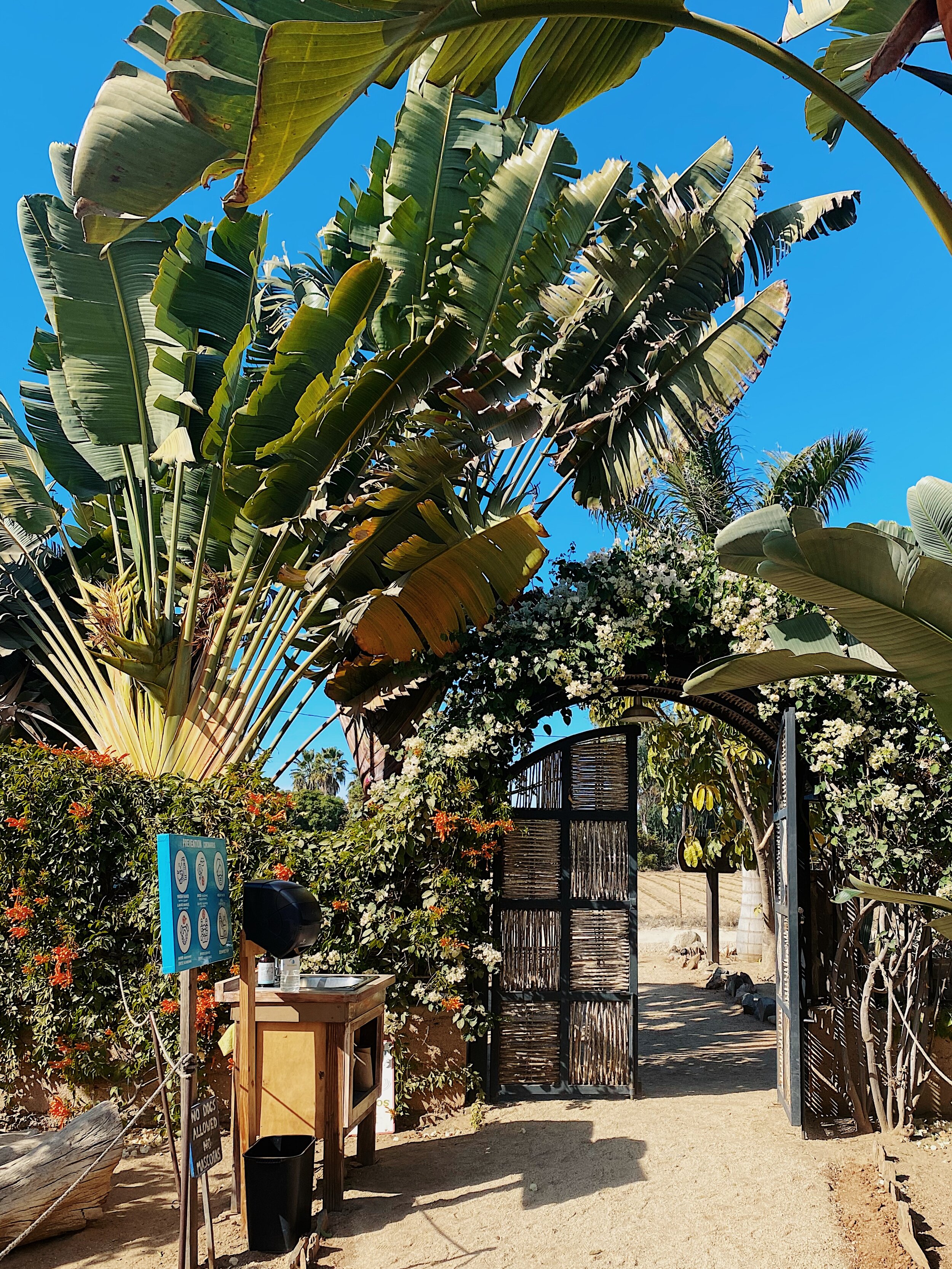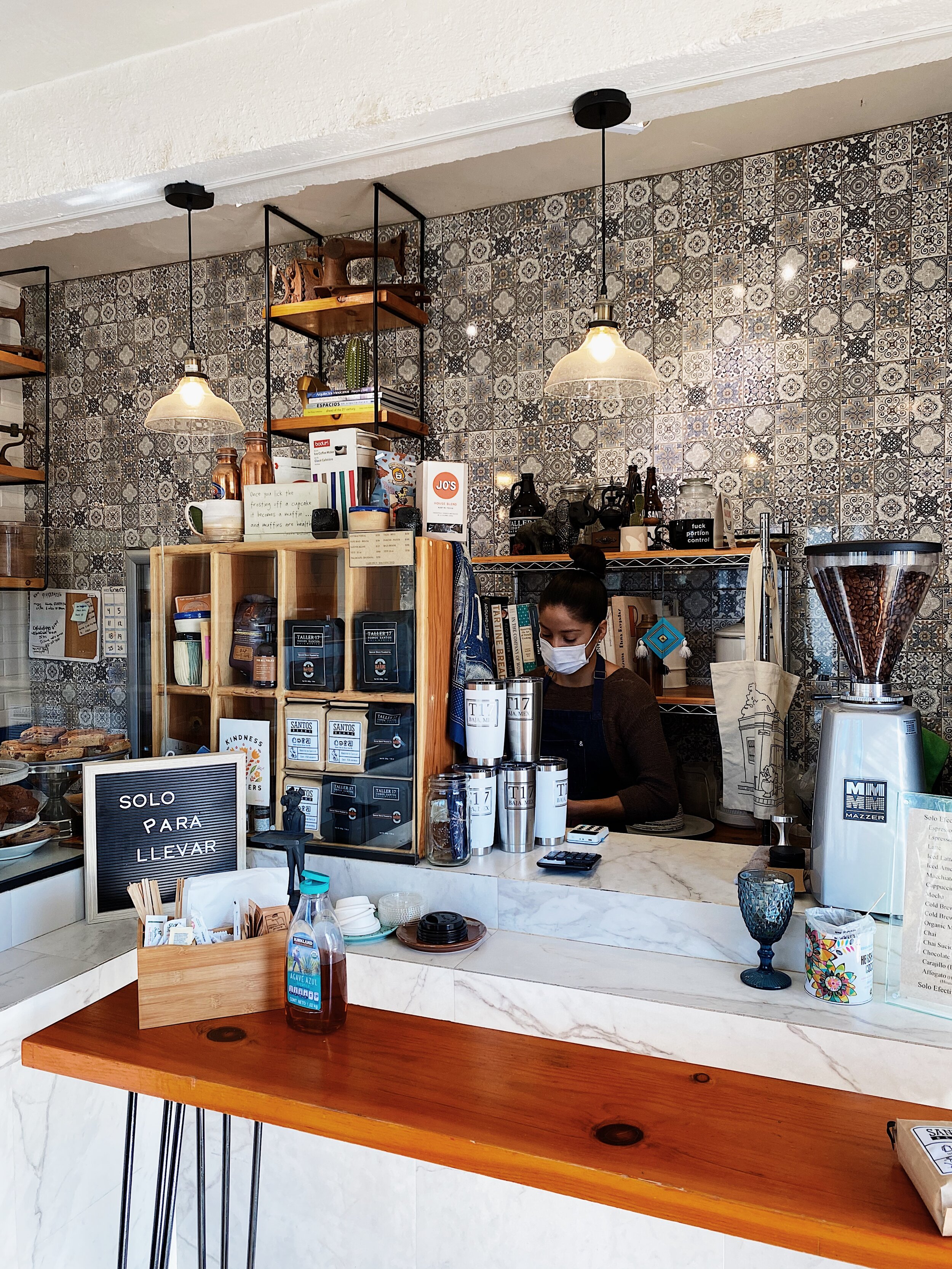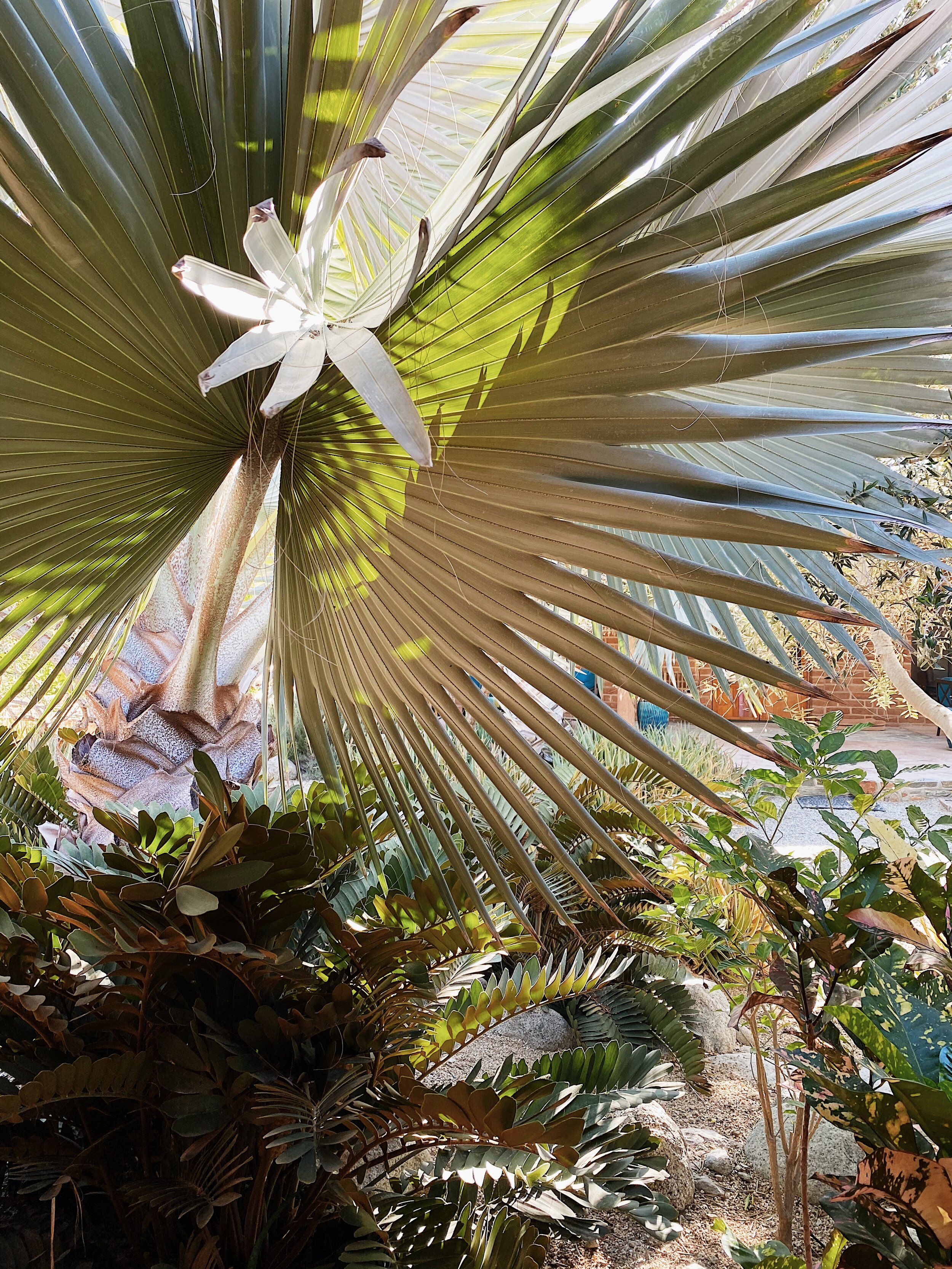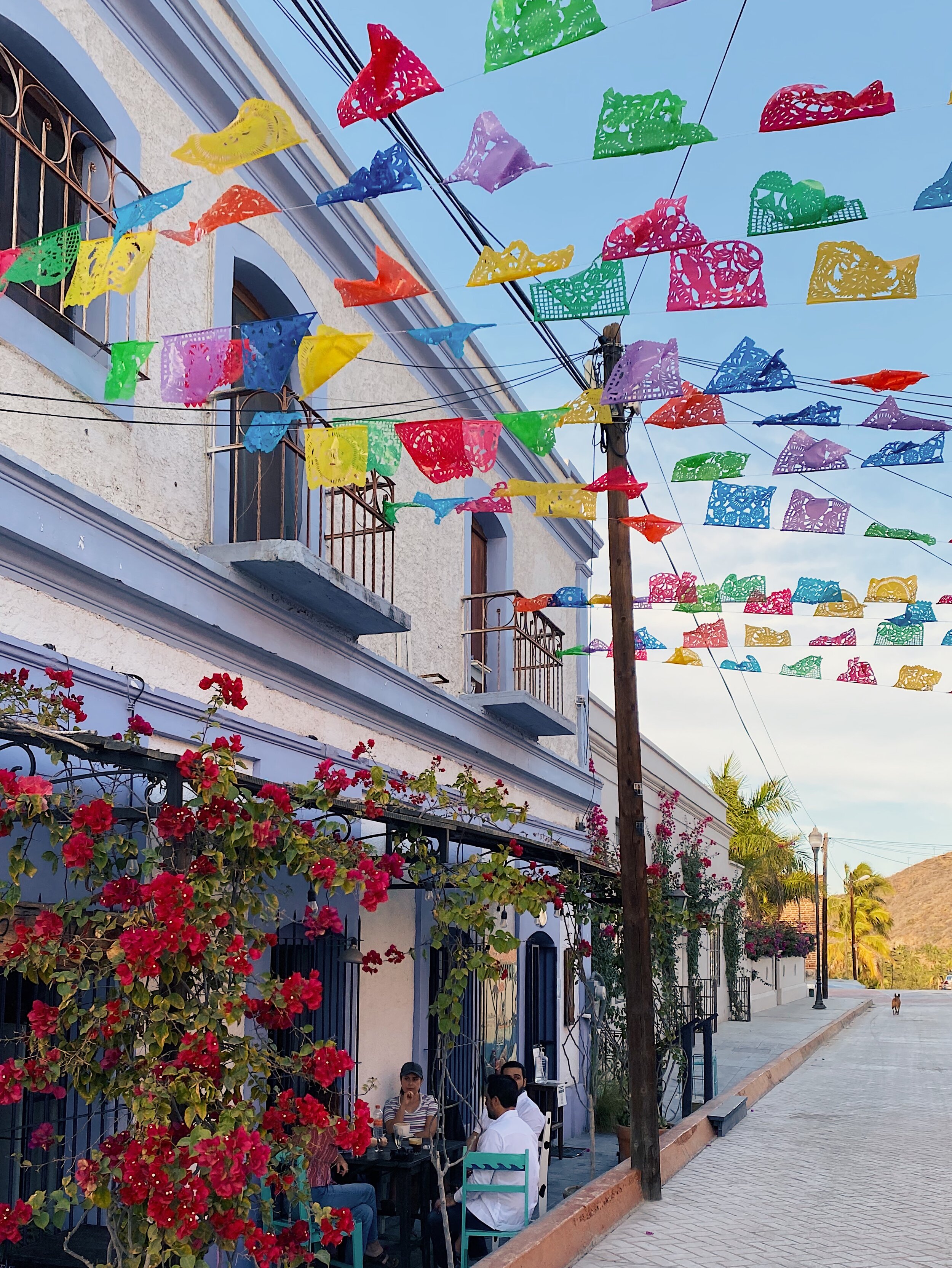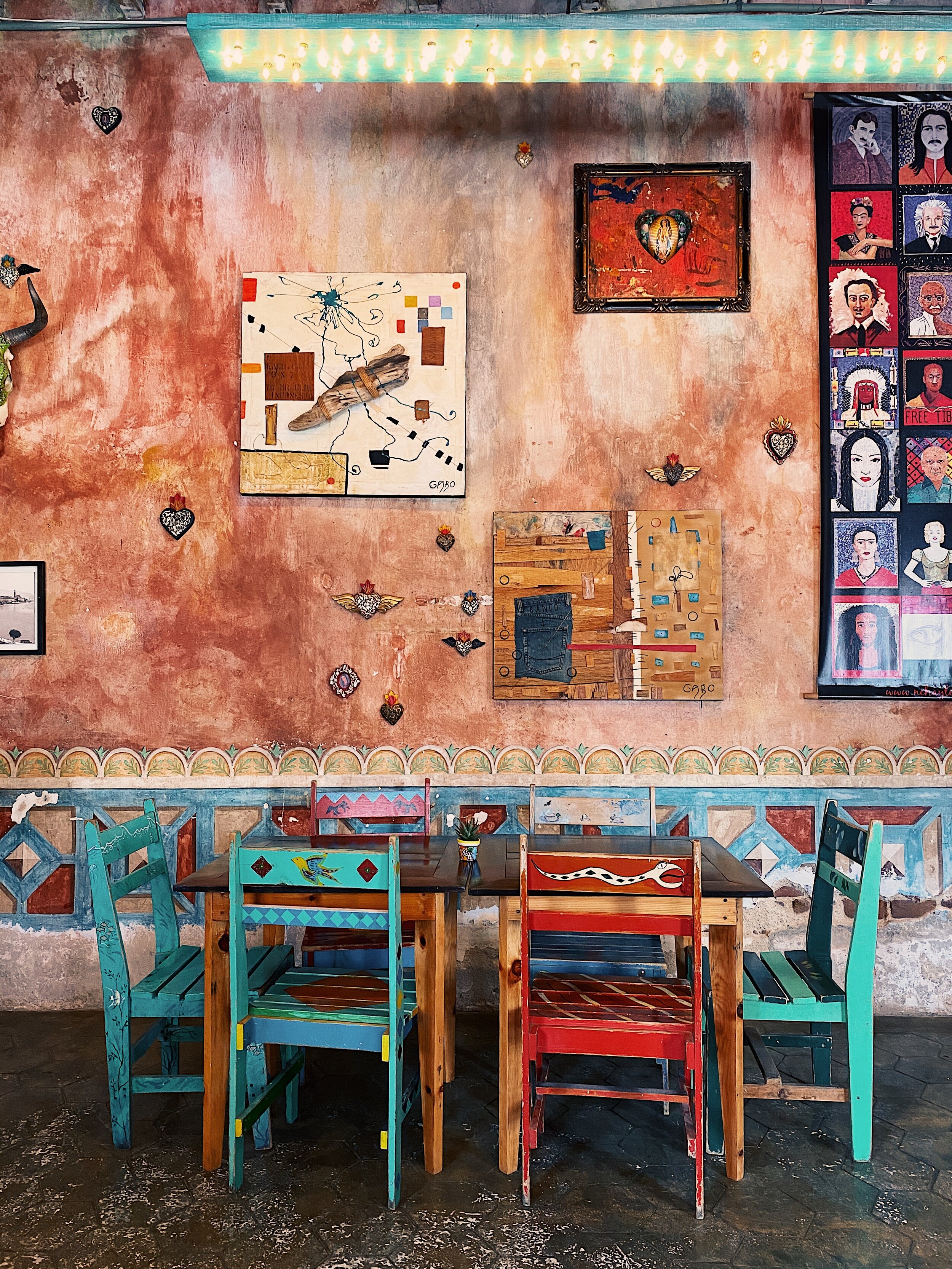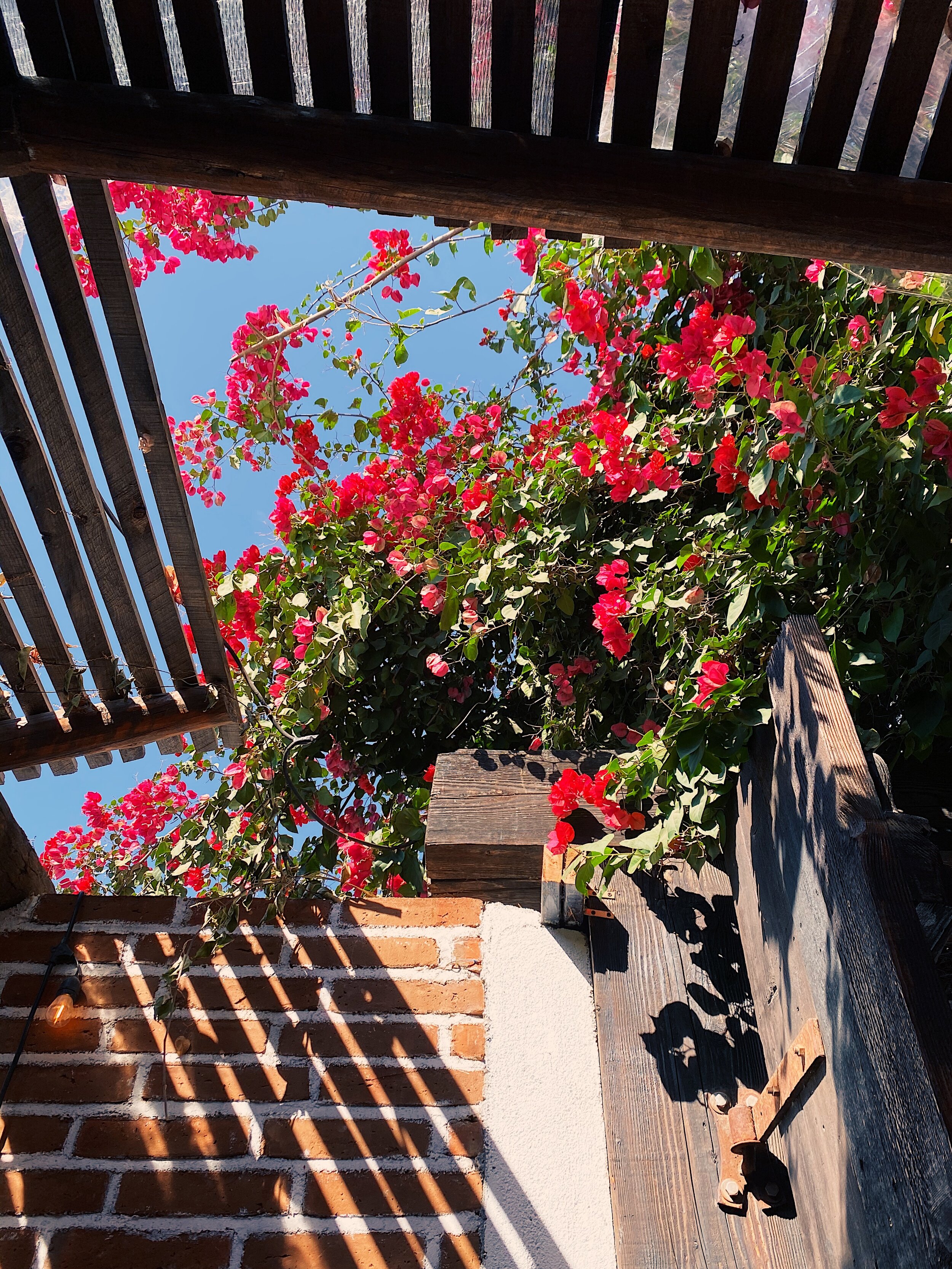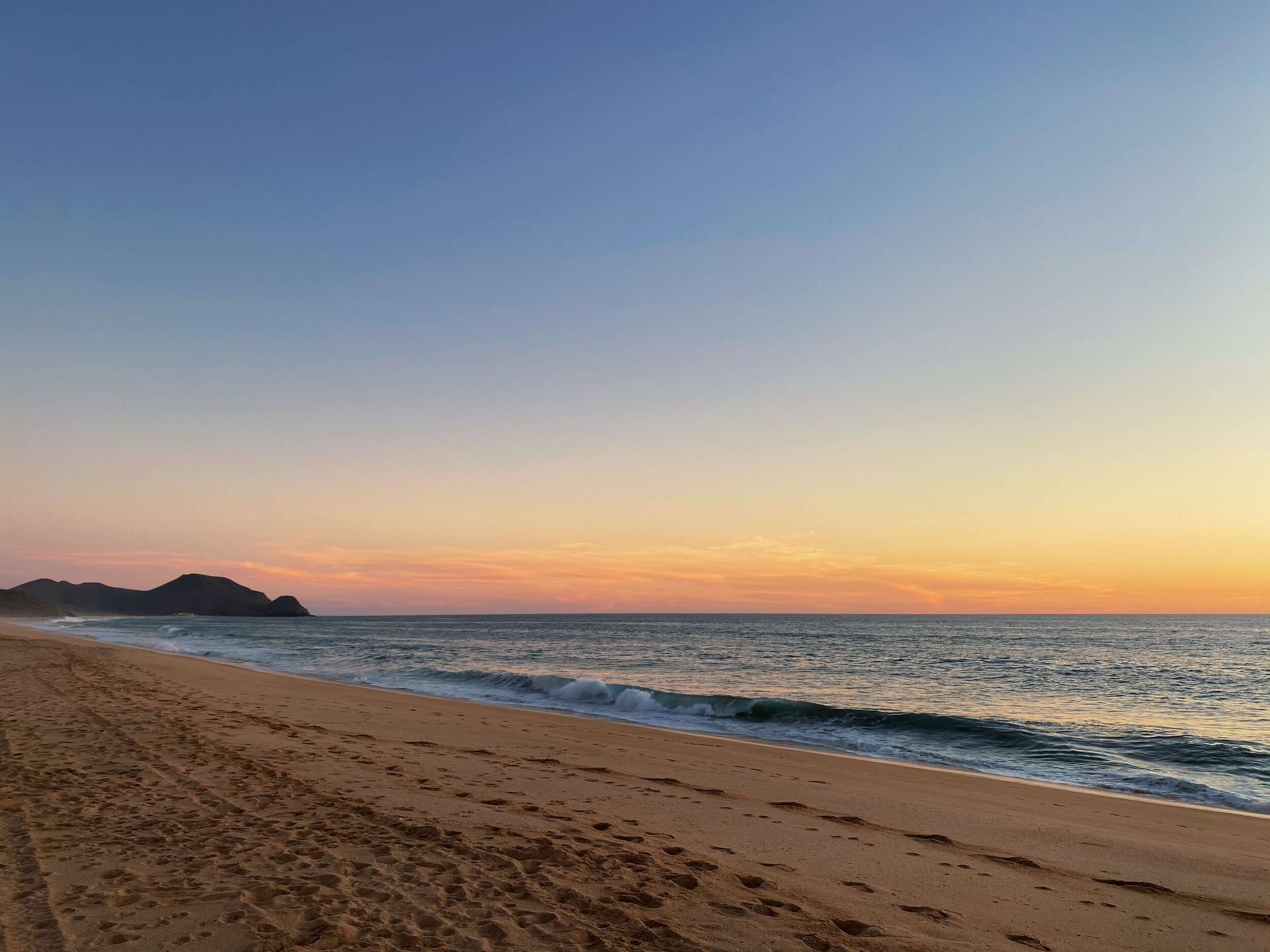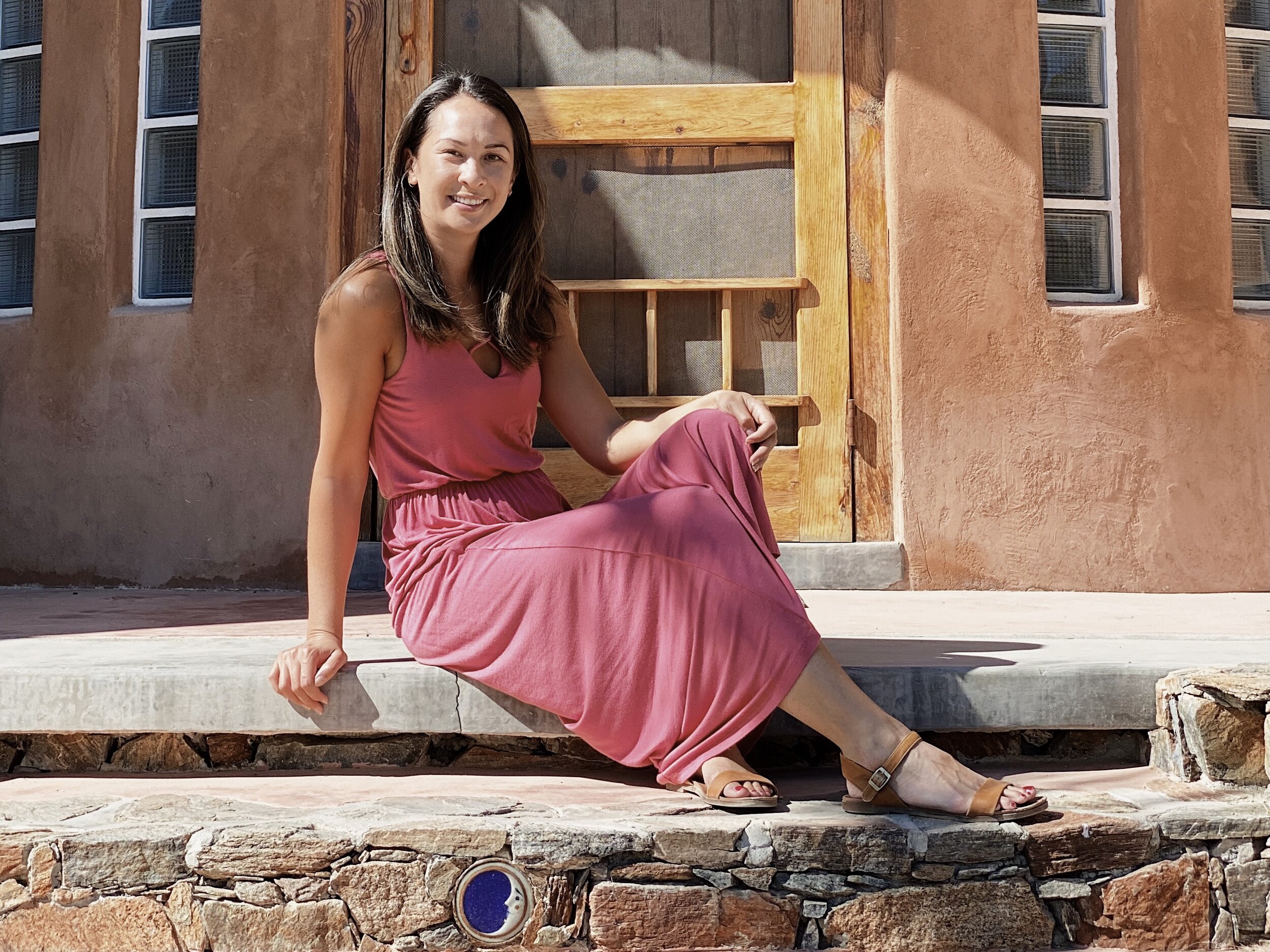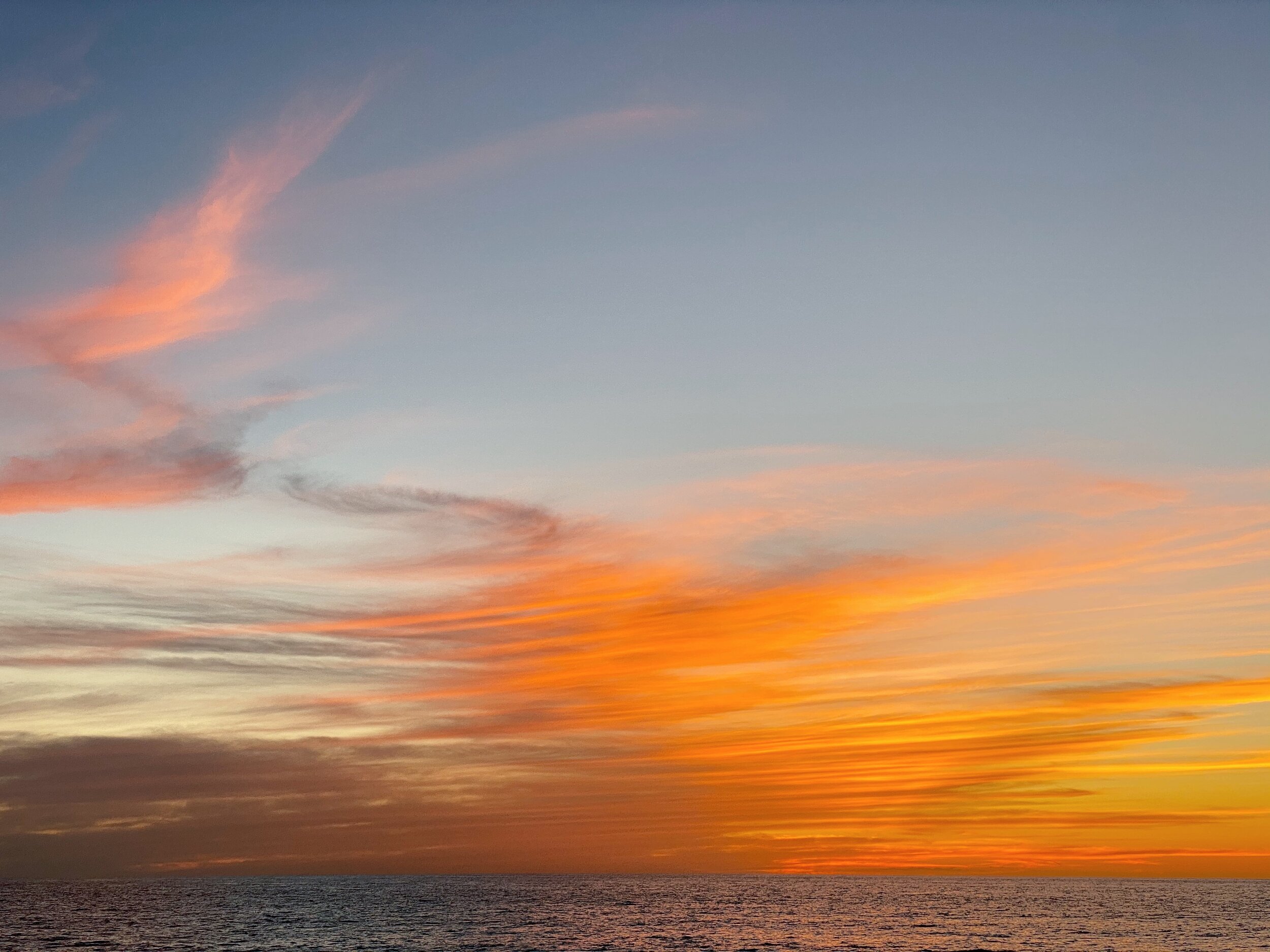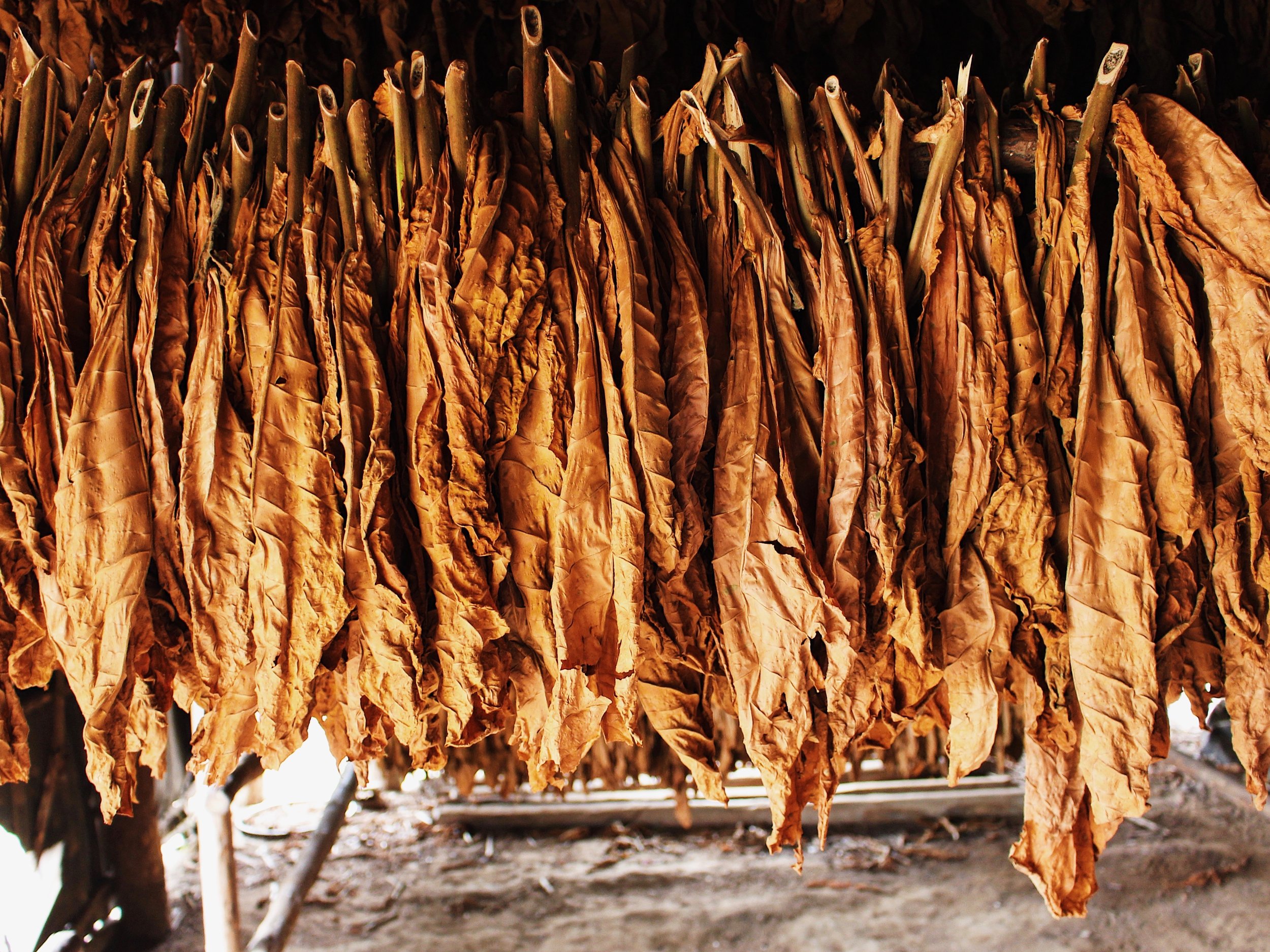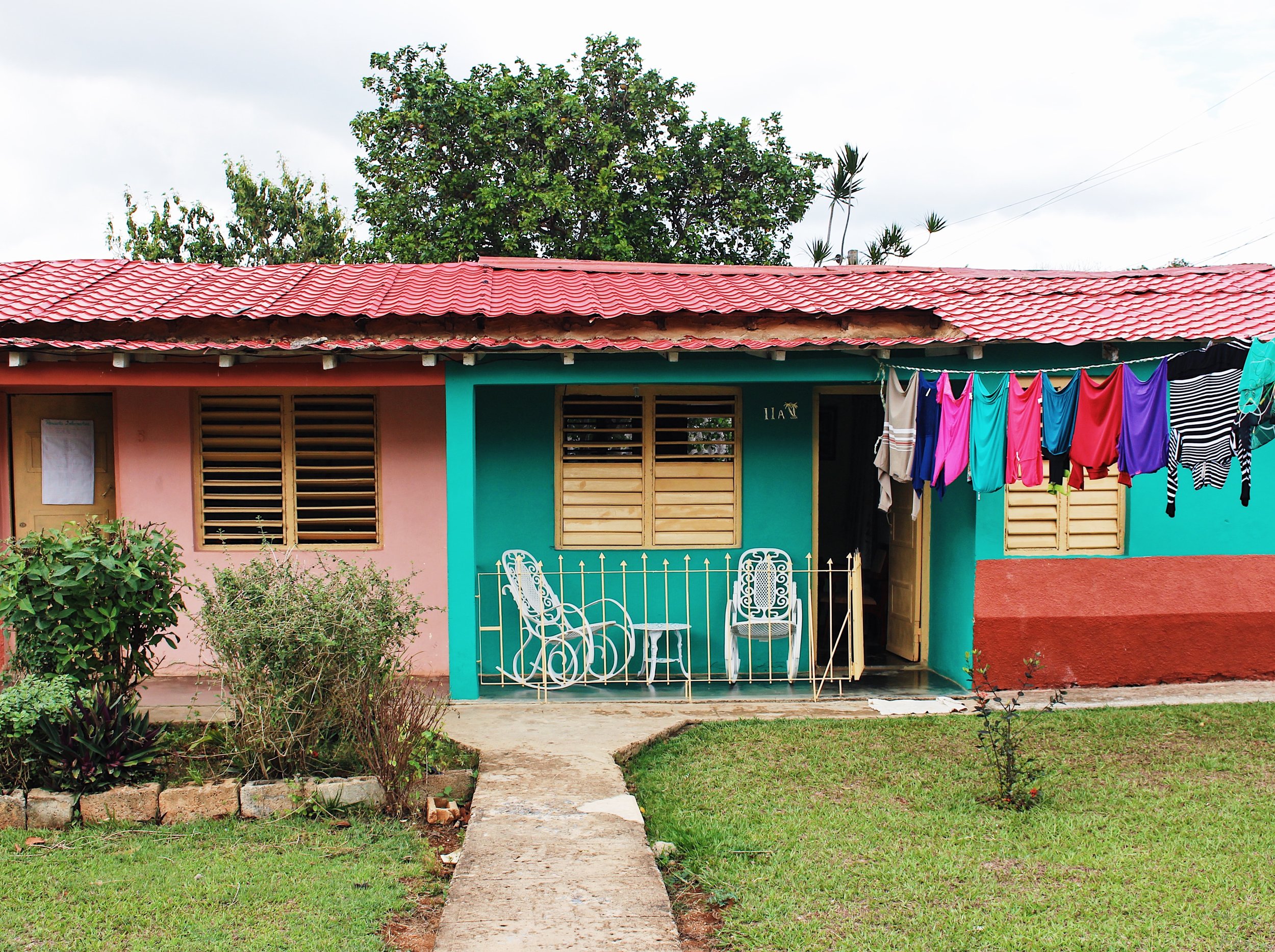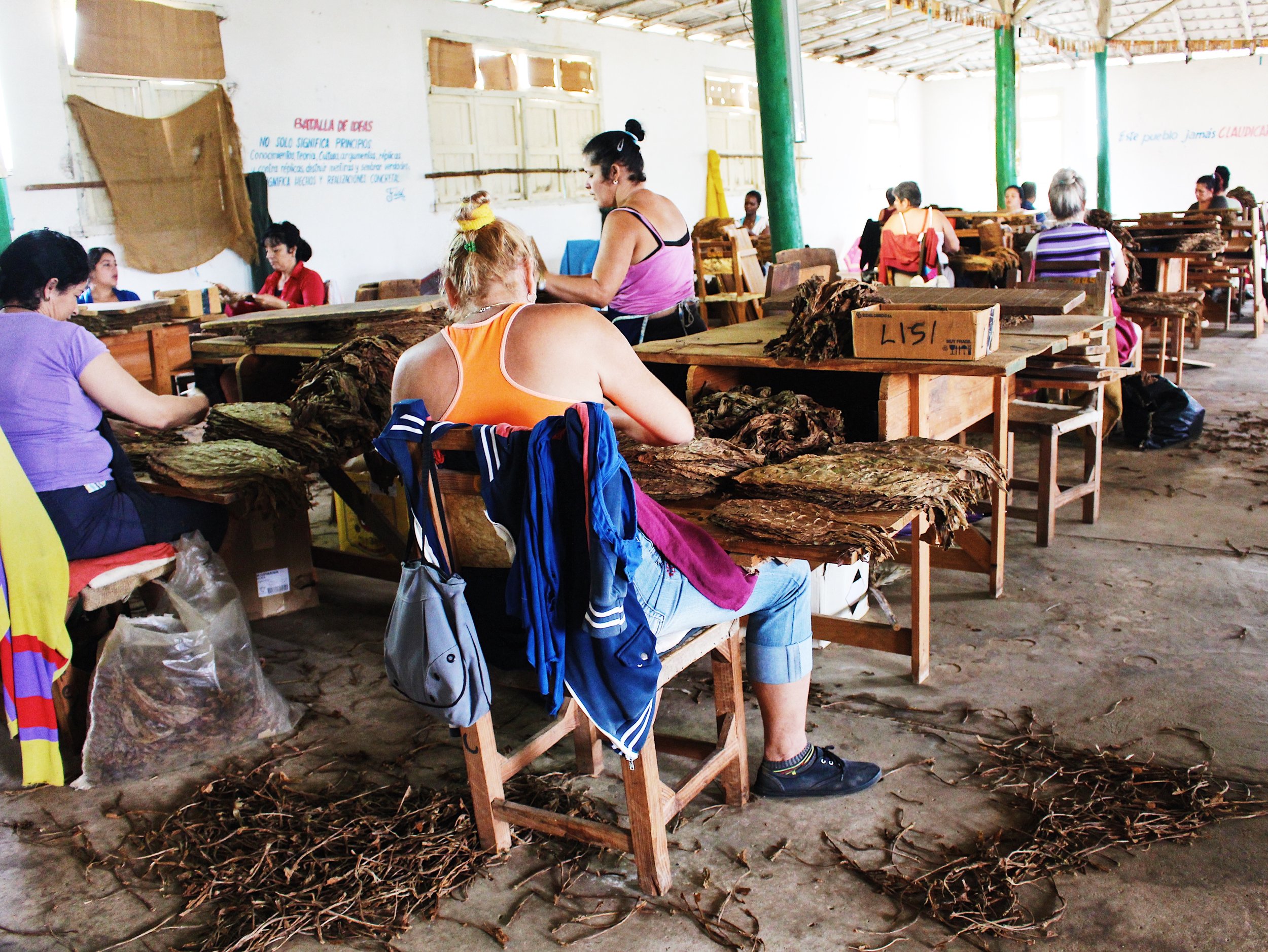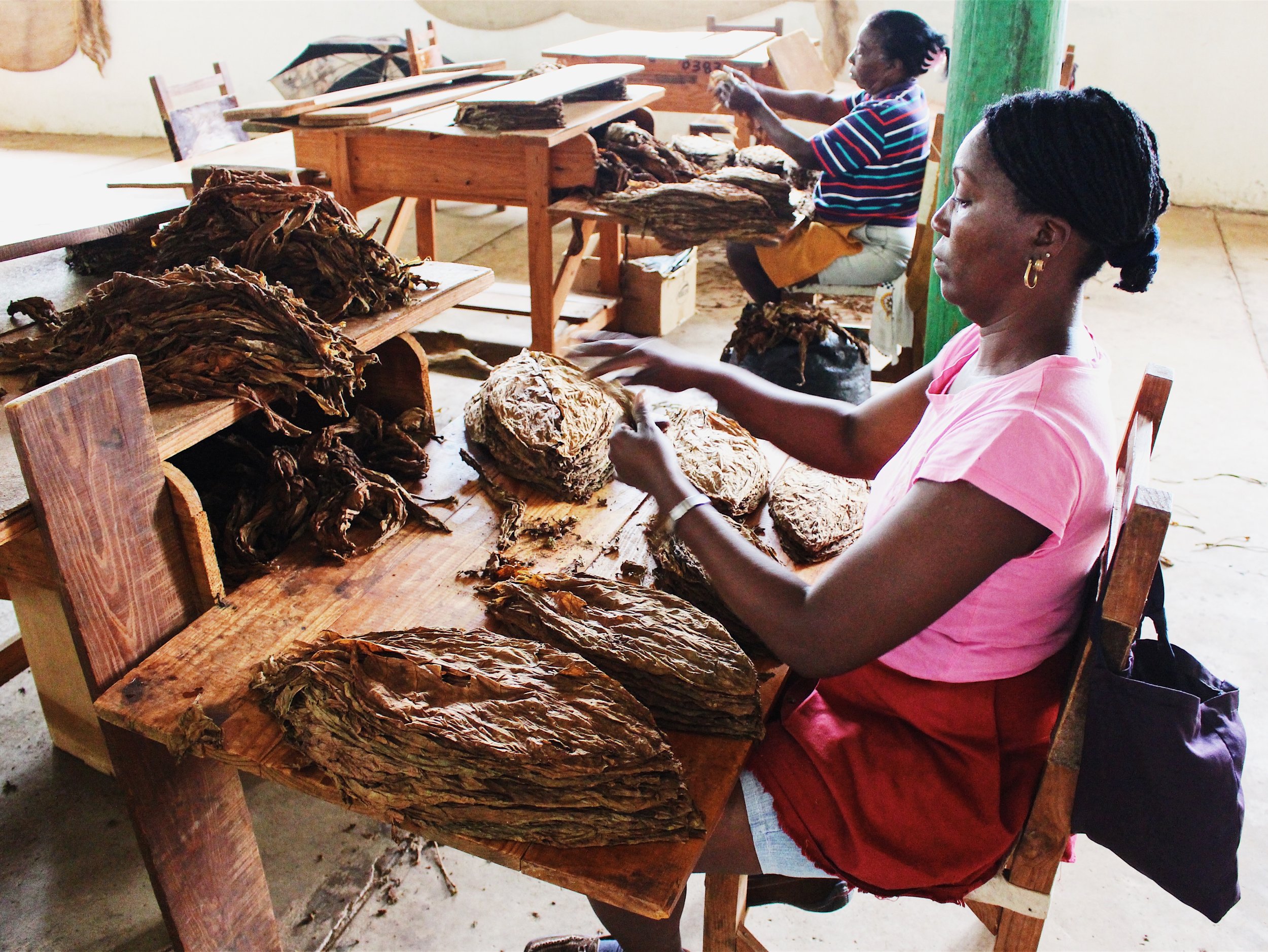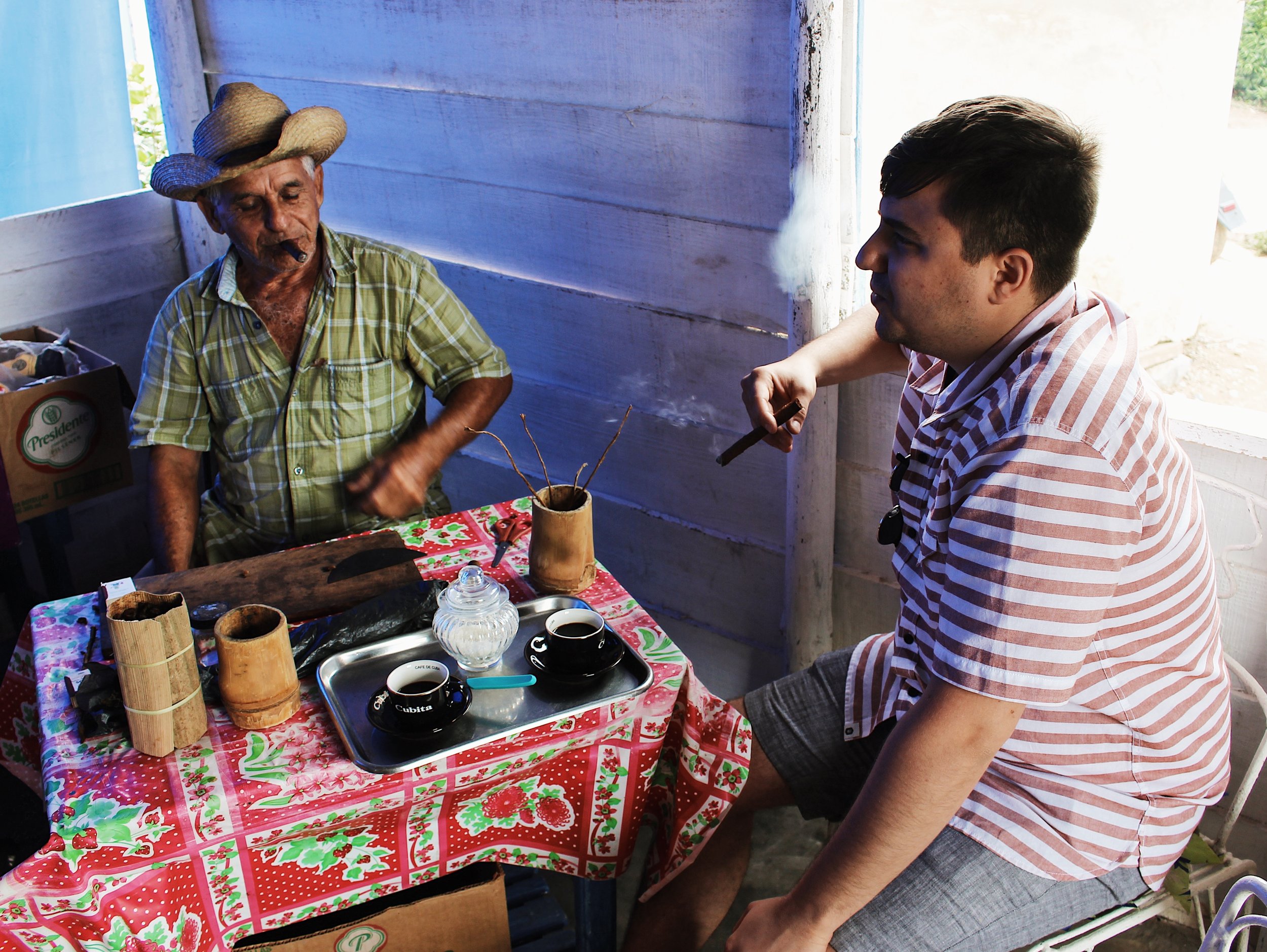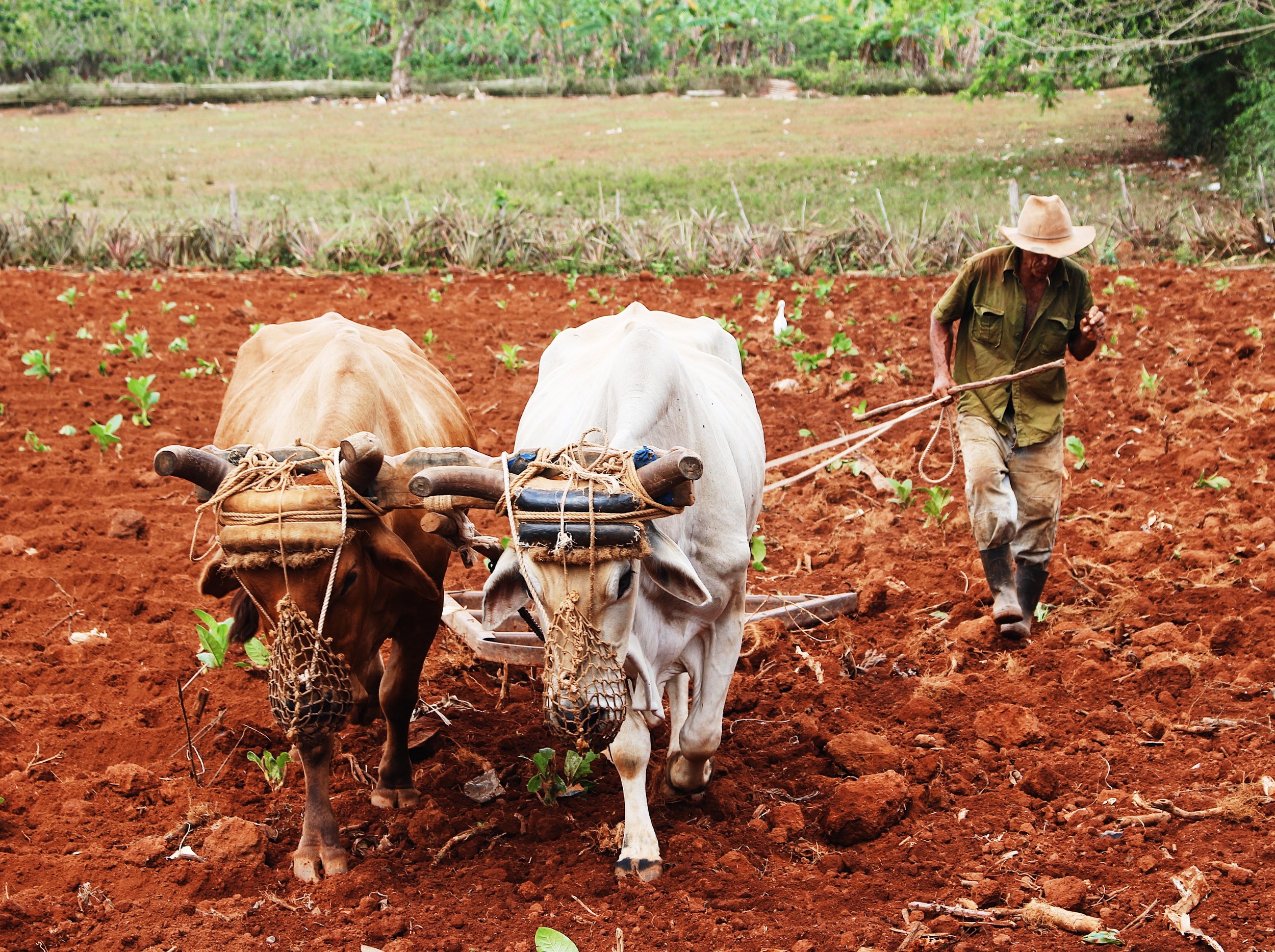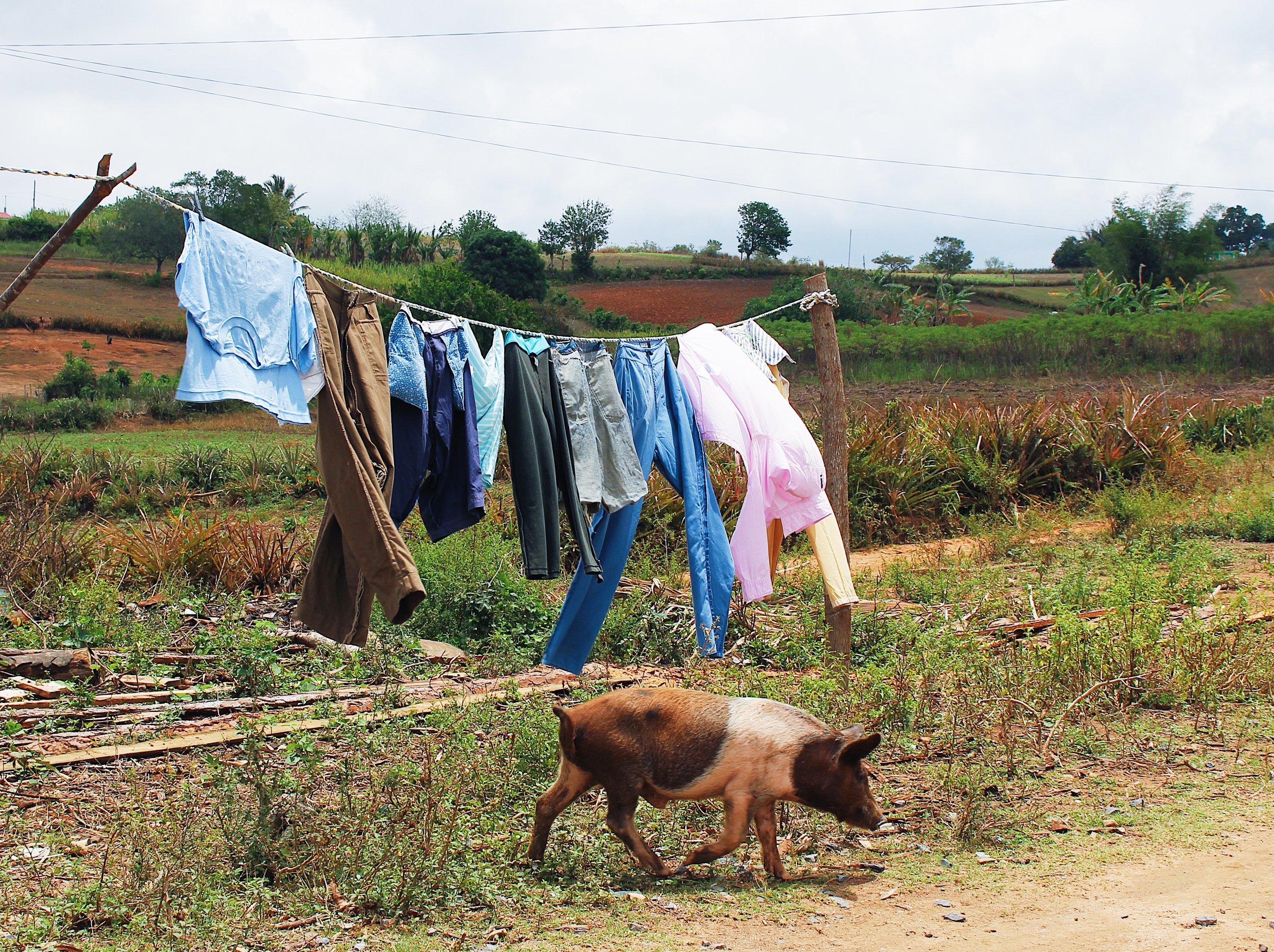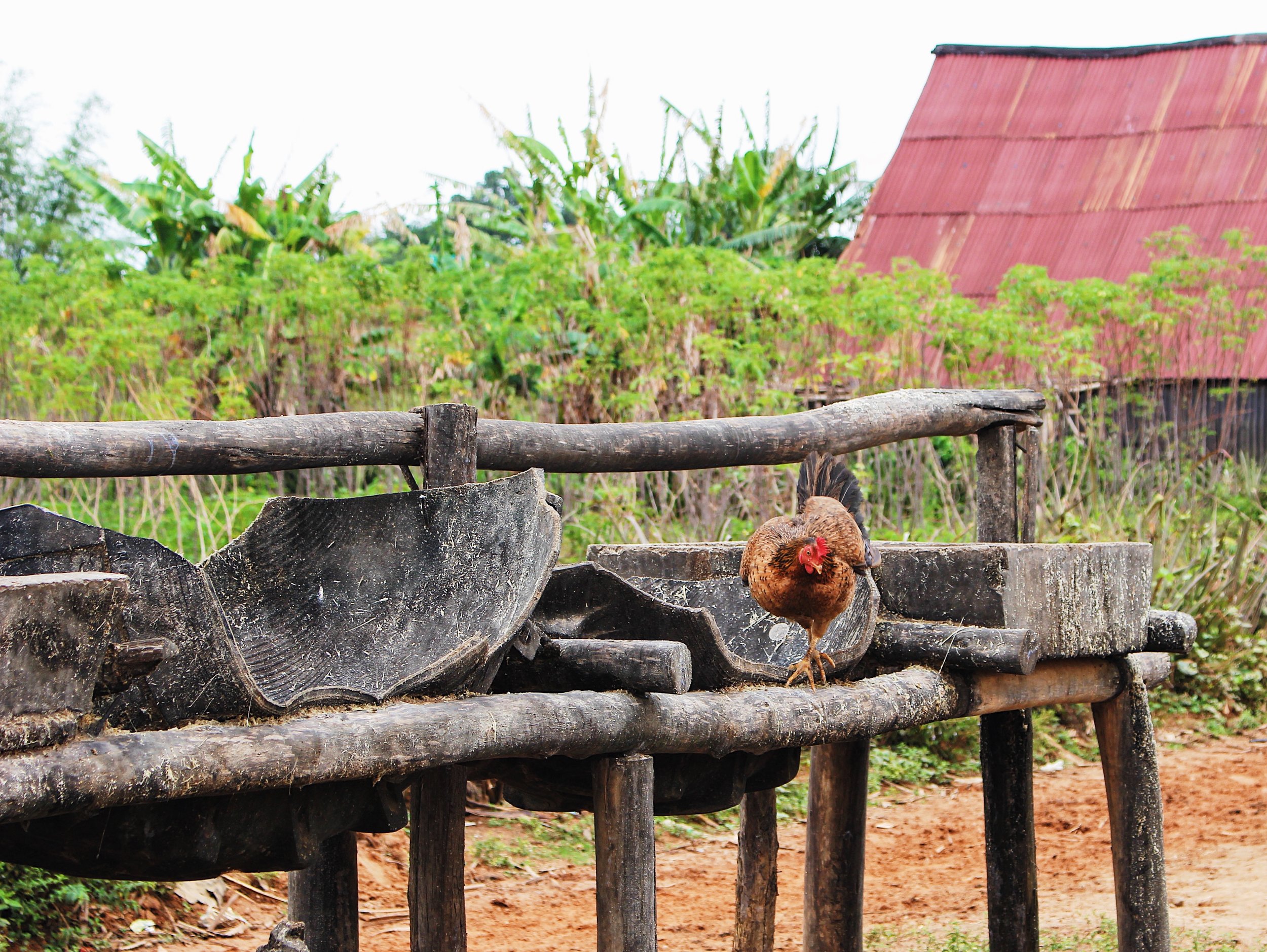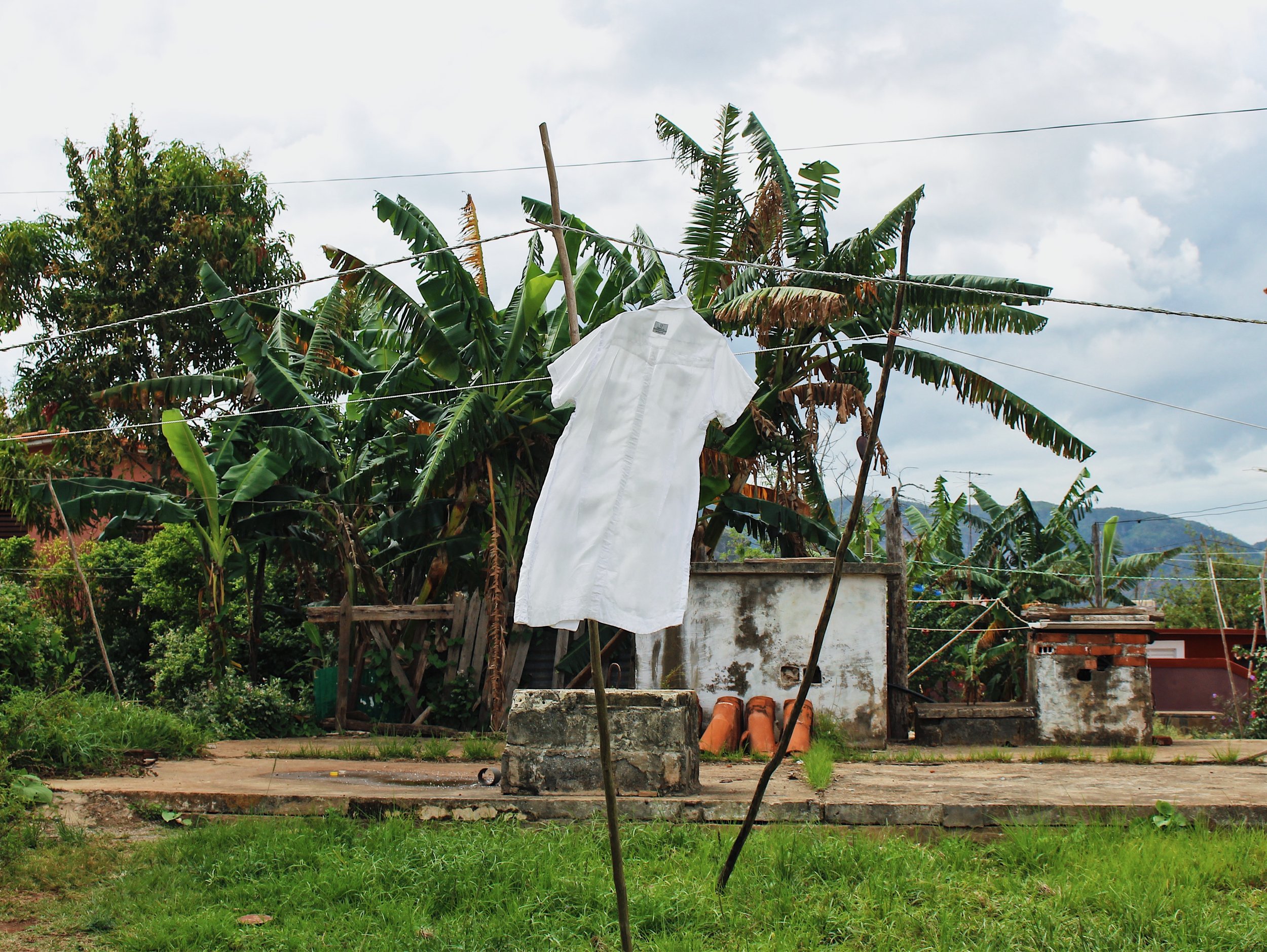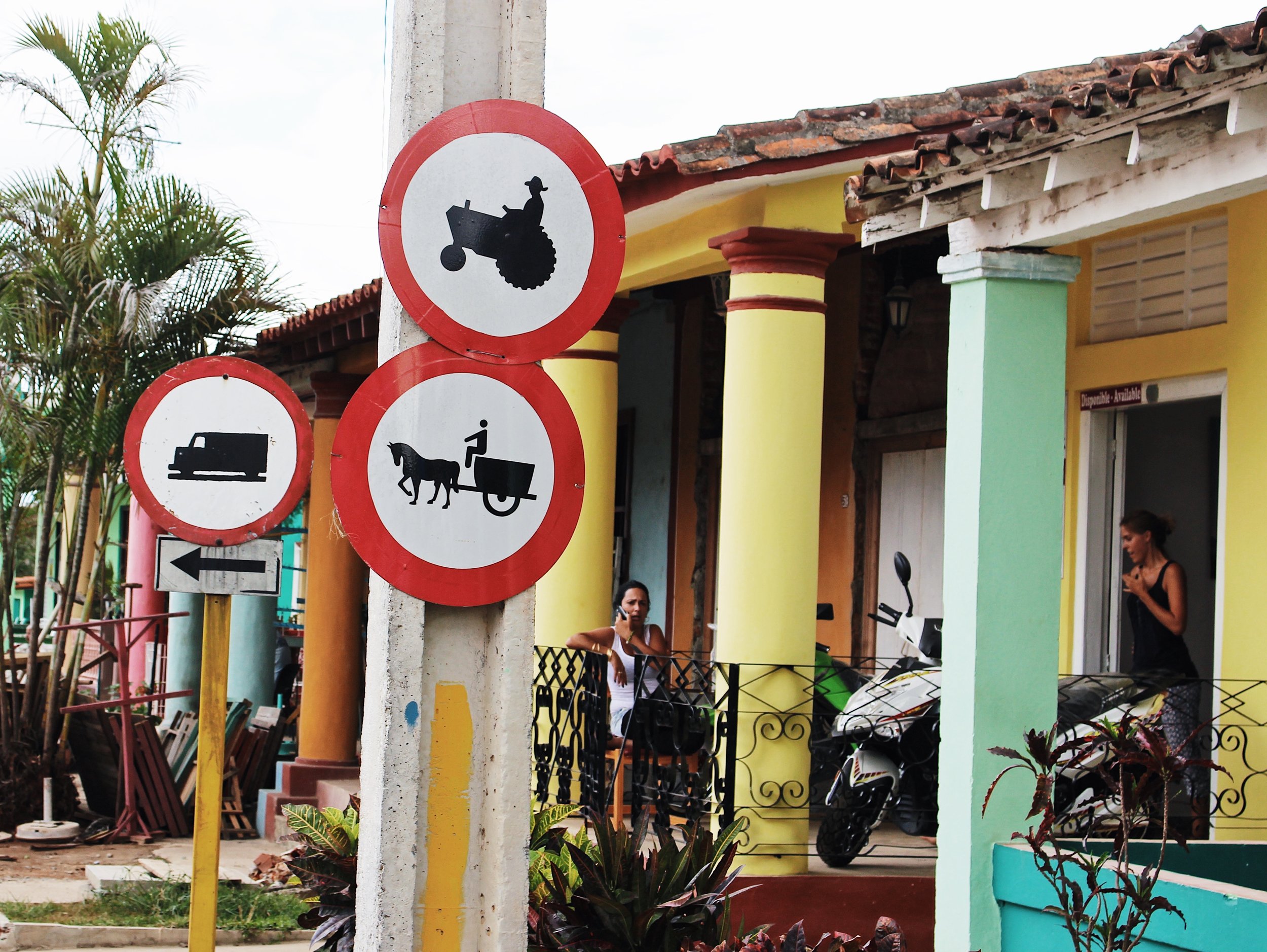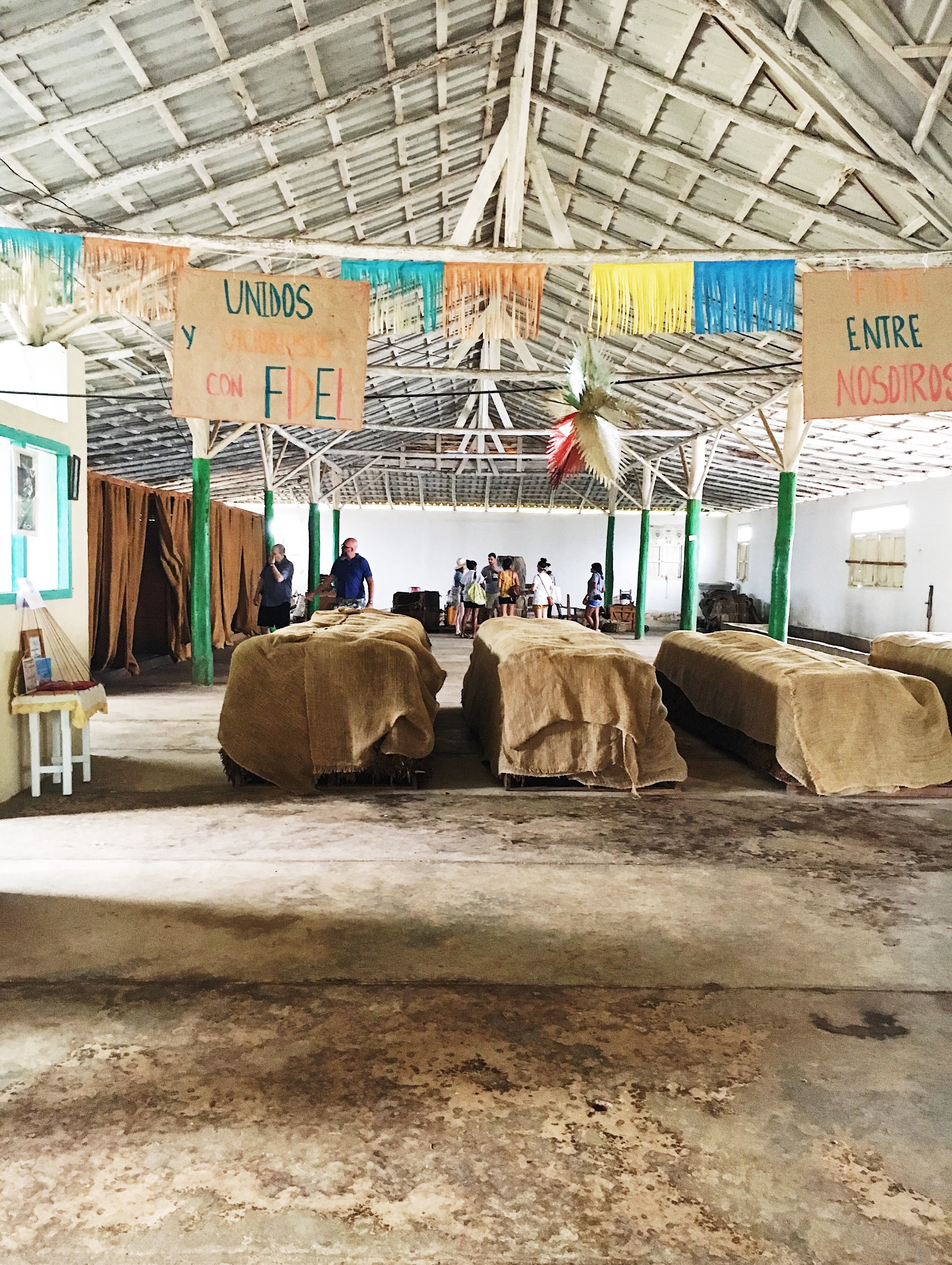I’ve always wanted to serve on a jury – even before the show “Jury Duty” came out on Amazon Prime in 2023. But I didn’t want it to be any type of jury duty. If selected for service, I wanted it to be a murder trial. I grew up watching CSI and Law & Order: SVU and imagined myself being a fair and impartial judge, able to distinguish which witnesses on the stand were lying and reach a verdict that represented the actual, factual, objective truth. I wanted to be the one to exonerate a falsely accused defendant or properly punish someone who caused devastating harm. Now, I know that’s not how jury duty works. You don’t get to choose which case you’re assigned to, if you’re even selected to serve at all. Regardless, if I was going to be a juror, I wanted it to be exciting and meaningful.
My jury service summons arrived a couple of weeks after I’d been laid off from my job. The job hunt was not going well. On top of that, I was getting married in a month. I didn’t want all of my newfound “free time” to be spent scanning the Internet for job posts or getting lost in the details of wedding planning. When my notice arrived in the mail, I was excited. Jury duty no longer felt inconvenient. In fact, it was convenient! It would give me something to do in the days leading up to my wedding, after which I could return to full-time job hunting. This was my time to serve.
“This was my time to serve.”
JURY SUMMONS
Entering the juror waiting room, I was shocked to see how many people were there. Turns out, I was one of 187 people summoned that day. Looking around, I was surrounded by a cross-section of San Francisco residents in what was likely the first time I was in a room with equal representation from all walks of life in this city. We watched a couple of informational videos on the importance of jury duty and how to be aware of implicit bias. They felt a bit like propaganda, but they weren’t the worst government videos I’ve watched (those were at the EDD when I was collecting unemployment insurance). A court clerk took roll call for all 187 of us, and it felt like we were right back in elementary school.
Once everyone was present, we were informed that no one would be excused as we were all assigned to a case. At first, I thought this was a prank. My experience watching “Jury Duty” – a hoax sitcom about a fake jury trial where everyone except one juror is an actor – was kicking in. There was no way a case could need 187 jurors. The judge on the case came into the room and confirmed that we were all needed – this would be a criminal trial.
For the next twenty minutes, the judge explained the purpose of jury service and how it is our civic duty and responsibility. By its very nature, it is inconvenient. People may try to get out of jury duty by saying, “I want to do this, but right now isn’t a good time,” but there will never be a good time. Life is busy, technology has only made our lives busier, and we all have responsibilities to manage outside a courthouse. That’s what makes this responsibility important. This is how our society functions and maintains fairness – we are all members of this community, and no individual, their work or their life, is more important than another. In the judge’s words, “No one is indispensable.” After giving us his spiel, he asked those who would not be attempting to excuse themselves from jury duty (for legitimate reasons such as significant financial hardship or medical hardship) to raise their hands. We were excused for the day and told to return the following morning to begin jury selection.
“No individual, their work or their life, is more important than another.”
THE COURTROOM
When I entered the courtroom the next day, I was surprised that only 84 people had returned. More than half of those summoned had been excused from jury duty. No wonder they started with such a large pool. Then began two days of jury selection. Ultimately, I was not selected to be on the jury, nor was I called up to be considered. But the jury selection process alone was an educational and eye-opening experience.
Twenty-four jurors were randomly selected to enter the courtroom's main area, while the rest of us remained behind a glass partition in the spectator area where we could still see and hear what was happening. Each juror was asked to introduce themselves by stating their full name, occupation, relationship status, how many adults they lived with, the occupation of those adults, if they had children, how long they’d lived in San Francisco, and whether they’d served on a jury before. Then the judge, defense attorney, and prosecution took turns asking the potential jurors general questions about their ability to follow the rule of law and the judge’s instructions and be a fair and impartial juror in this specific case. We were told it was a hit and run, and the defendant – a Black man in a wheelchair – was present in the courtroom as well.
As we listened to the potential jurors introduce themselves, it was clear there was a diverse representation of gender, age, and occupation. Tech workers sat next to social workers, lawyers next to restaurant servers, retirees next to students. Only in San Francisco would someone live in a commune with 75 other adults who were artists, students, actors, and so on.
“Only in San Francisco would someone live in a commune with 75 other adults.”
Three things stood out to me: 1) the majority of people did not have children, 2) each group that was called up had at least 2 people in the LGBTQ+ community, and 3) in the full room of 84 people, I saw only 4 who presented as Black, like the defendant. Living in San Francisco for the past 10 years, I know it is expensive to live here, let alone raise children. Hence the growing popularity of “DINK” households – Double Income, No Kids. That, coupled with the fact that the birth rate in the US is declining and families often move to suburban areas to raise their children, made sense to me. Hearing people identify their same-sex marriage or relationship was refreshing. How many cities in the US can say they are as open and welcoming to the LGBTQ+ community as San Francisco? I doubt jury panels in other cities can claim the same rates of LGBTQ+ representation. Yet, I couldn’t help but question the accuracy of the phrase “a jury of peers” when none of the potential jurors in the first group called up were Black. Sure, it would be a panel of fellow citizens of the defendant's city, but are they his peers? There is a historical pattern in San Francisco of marginalized populations being pushed to the fringes of the city as wealthy, majority white (and most recently startup and tech workers) move in. Some of this experience was captured in the 2019 film “The Last Black Man in San Francisco,” which depicts a young Black man’s “[search] for home in the changing city that seems to have left him behind.” To me, the absence of racial representation on the jury of his peers was stark.
The judge opened the voir dire process by asking the 24 potential jurors whether they understood the principle of “presumption of innocence” – the concept that a defendant is innocent until proven guilty beyond a reasonable doubt. One juror said that if they had to make a decision right now without any evidence, he would give a “guilty” verdict. When probed, they said this was because they had bad experiences with drivers in San Francisco while walking their dog and hated cars, so it was likely that the driver, the defendant, was guilty. Another said that they would take the defendant’s education level into consideration because, in their experience, more educated people are better drivers and less educated people are worse. Was it just me or did others think that person was making an unstated connection between the defendant’s skin color and education level?
During the questioning, it was alluded to that the defense would claim this was a case of mistaken identity – that the wrong person was being accused of this crime. I have no greater fear than being falsely accused of something, knowing the absolute truth, and being unable to clear my name. Or similarly, believing something profoundly to my core and being told I am lying. I cannot imagine what it must have been like for the defendant to sit in that room, potentially believing himself fully innocent, and hear that jurors might give a “guilty” verdict. Based on what? Based on the idea that they themselves would never be in this situation and thus could never be falsely accused? And if so, why was that the case? Was it because their skin color, education level, or socioeconomic status was different from the defendant, thus he must automatically be guilty?
“Was it because their skin color, education level, or socioeconomic status was different from the defendant, thus he must automatically be guilty?”
The judge moved on to the 5th Amendment and asked whether the potential jurors could understand why a defendant might “plead the Fifth” or exercise their right to remain silent and choose not to testify in a criminal case. One juror said that if the defendant didn’t testify, they were likely to view that as an admission of guilt because if the defendant was innocent, why wouldn’t he do everything in his power to clear his name? I’d seen enough courtroom television dramas to know that testifying on your own behalf, even if you were innocent, was likely to devolve into wordsmithing on behalf of the lawyers and getting flummoxed into saying the wrong thing.
One of the videos we watched on the first day was about implicit bias and how to be aware of your assumptions and experiences, and set those aside for the purposes of being as impartial as possible. The judge started with questions about police and law enforcement – would any of the potential jurors’ personal experiences or close relationships with members of law enforcement impact their ability to be fair in this specific case? It was interesting to hear the wide variety of perspectives and opinions that were clearly pro-police or anti-police. One juror said they would give the policeman’s word more credence based solely on the fact that they are a policeman; another said they would trust a policeman more if they had witnessed the accident. ACAB was not as present as I thought it would be. However, there was one juror who shared a negative experience with the police, who had been called to their home during an armed robbery, but the police did nothing – in fact, they let the machete-wielding perpetrator go free. What was their belief why no action was taken? Because their partner is Black.
We moved on to racial bias. The judge asked directly, “How does the defendant being Black change your ability to be fair given past and current injustices?” I didn’t expect a judge to admit to racial injustices openly in a court of law. It was as if he were admitting to there being racial inequities in the policing and legal systems and leaving it up to the people of the jury to right those wrongs and be held to higher standards when determining guilt or innocence. It felt profound but wrong at the same time. No one openly admitted to judging the defendant harder based on his race. Still, one juror shared that they would have the propensity to hold him to a lower threshold based on systemic racism and that they believed him less likely to be guilty based on his being Black. So maybe the judge was right to ask, particularly given studies have shown “all-white jury pools convict black defendants 16% more often than white [defendants].”
“All-white jury pools convict black defendants 16% more often than white defendants.”
Interestingly, they didn’t ask any questions about how the defendant’s visible disability might impact a juror’s ability to be impartial. Were these questions only asked in matters of race? What about national origin, sexual orientation, gender identity, politics, religion? The list could go on and on. So many things can color a person’s view of the world that we can’t go through all of them. But to only ask about race? I’m not sure how I feel about that. I suppose it did help pinpoint the jurors who were trying to come up with any reason whatsoever that might show they were impartial so that they would be excused. Every time someone would attempt that, the judge would ask, “Will it impact your ability to be fair?” and they’d respond, “I’ll try my best to be fair,” or “I want to be fair, but I’m unsure.”
Each time a juror shared a personal experience, the judge or attorney would show a surprising amount of empathy, saying, “I know this must be hard,” or “Thank you for sharing that difficult experience,” or “I’m sorry you went through that.” They were patient with the jurors, who were visibly nervous or didn’t speak English as their first language. They even questioned them to see if they could be the one singular opposing voice in the deliberation process. One juror said no. Even if they personally believed something different, they’d go along with the group.
JUROR EXPERIENCE
Every day, court started at 9:30 AM and was excused by 4:00 PM. We had a 15-minute break during the morning and afternoon sessions and a 90-minute break for lunch. Most jurors spent their break in the hallway, checking their phones since we couldn’t use them in the courtroom. I always made a point to go outside and get some fresh air on the stoop of the Hall of Justice. Like an airport, a courthouse is one of those places where you can see a cross-section of all different types of people in the same location – they all have completely different pasts and futures, but life caused their paths to cross in this one place for this one moment.
Lawyers smartly dressed in suits and heels walked up the courthouse stairs. (After working at startups, I haven’t seen anyone wear a suit to work in years.) Family members huddled in hallways waiting for court to be in session so they could show their support. Young teens with tattoos shouted to their friends on speakerphone as they went through security. Unhoused individuals napped outside in corners of the building, some drug-addled, with their limited belongings by their side. One mentally unstable man yelled into a woman’s face, “Get out of my way you —-ing b—-” and continued to loudly mouth off to everyone as he passed down the block.
We jurors came and went on bikes, cars, or public transportation. The timing of court sessions means that we could skip rush hour traffic, and the parents amongst us could drop kids off and pick them up on time. Yes, jury duty is an inconvenience, but by definition, the fact that someone can be inconvenienced means that they started from a place of convenience. Unless someone had a legitimate reason to be excused on the first day, everyone here had the ability to complete their jury duty service. They had a job to call out from, a means of transport to get to the courthouse, and a mailing address where they could receive their summons in the mail. There are programs to help reimburse the cost of public transportation, validate parking tickets, and even pay you $100 per day if you qualify for the Be The Jury program.
“By definition, the fact that someone can be inconvenienced means that they started from a place of convenience.”
That’s why I cannot understand how, once voir dire was completed and 12 jurors and 3 alternates were selected, the remaining jurors audibly cheered when they were finally released – and this was in earshot of the defendant, a man who was claiming to be falsely accused, and the prosecutor, who was defending the laws and safety of the community we live in. At every step in the jury selection process, we jurors were reminded of our important role in our society, the civic responsibility we held in achieving justice, and how grateful they were for our service. Yet at the end of the day, we only cared about our lives, our time, our inconvenience. This must happen in every court case because the judge has what he calls an “NFL Rule” – a rule that jurors dismissed earlier in voir dire cannot cheer or celebrate as they leave the room.
COUNT ME IN
No one is above the law. Some of us may be more shielded or protected from it based on our unique privileges and power. While I’m sure the odds of me, a mixed-race Asian woman in my mid-30s, being in the same situation as the defendant are much lower, it is not impossible. And if I were ever in his shoes, I would be scared shitless – scared by our flimsy judicial system that admits to being unjust, scared by jurors who are only thinking of themselves, scared by our education system that hasn’t taught people to think critically, and scared by an imperfect jury selection process that, to me, really only showcased all of its imperfections.
“Like voting and paying taxes, jury duty isn’t something we all necessarily want to do or feel good doing, but sometimes doing the hard thing is the right thing to do.”
The cynic in me would say that the one thing I learned from this jury service is that I never want to be judged by “a jury of my peers.” My main takeaway: don’t commit any crimes and do my best to avoid being accused of one (which was already my unstated plan). But the cynic in me can’t win because cynics don’t believe in change and don’t make things better. As much as I’d like to change things about San Francisco and the US, I can’t do it from my high horse. I’m not better or more important than anyone else, my time is not more valuable, and my inconvenience is not greater. The next time I receive a jury summons, I can only hope to be inconvenienced (although I do hope I’m not still unemployed). And I wish the same for you. Like voting and paying taxes, jury duty isn’t something we all necessarily want to do or feel good doing, but sometimes doing the hard thing is right. To me, it’s my responsibility, it's my burden, and it’s my privilege. The next time my summons arrives in the mail, I'll be ready to serve.
